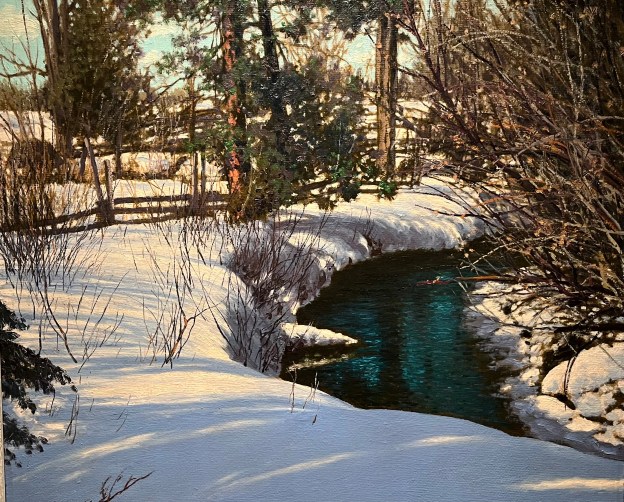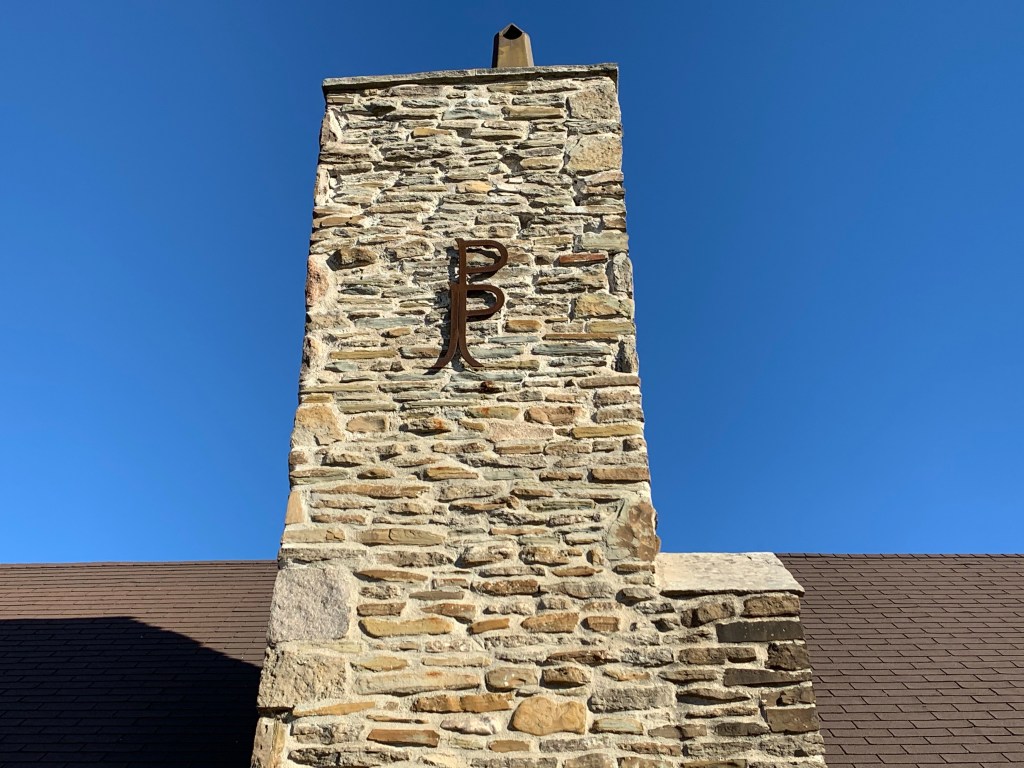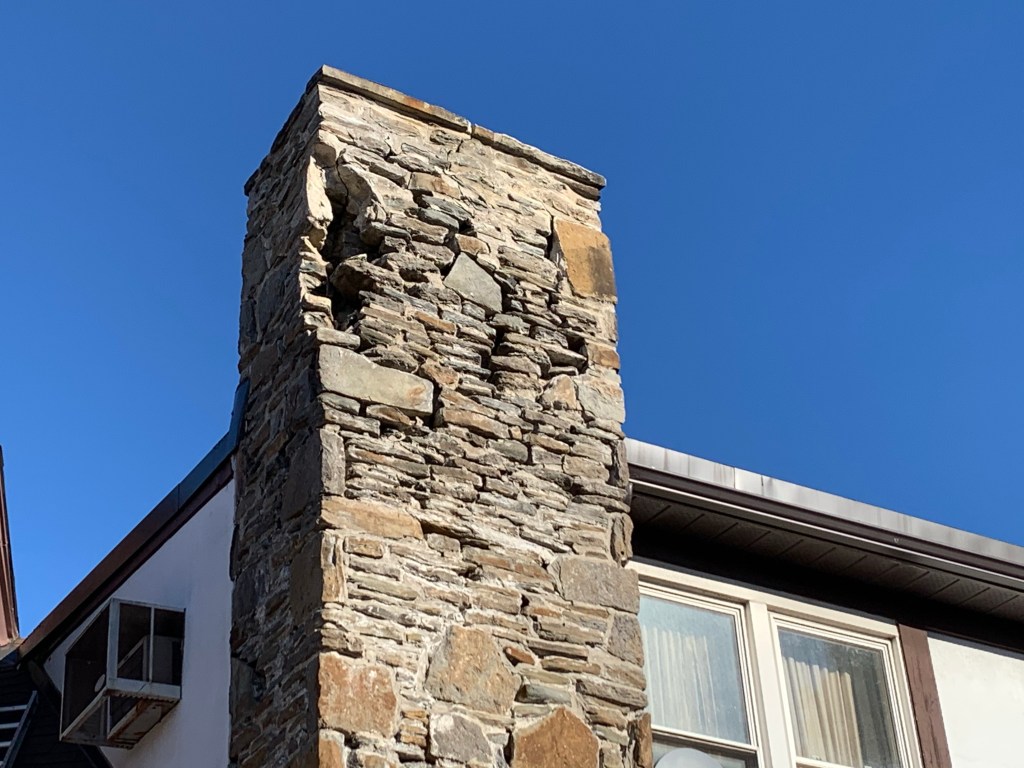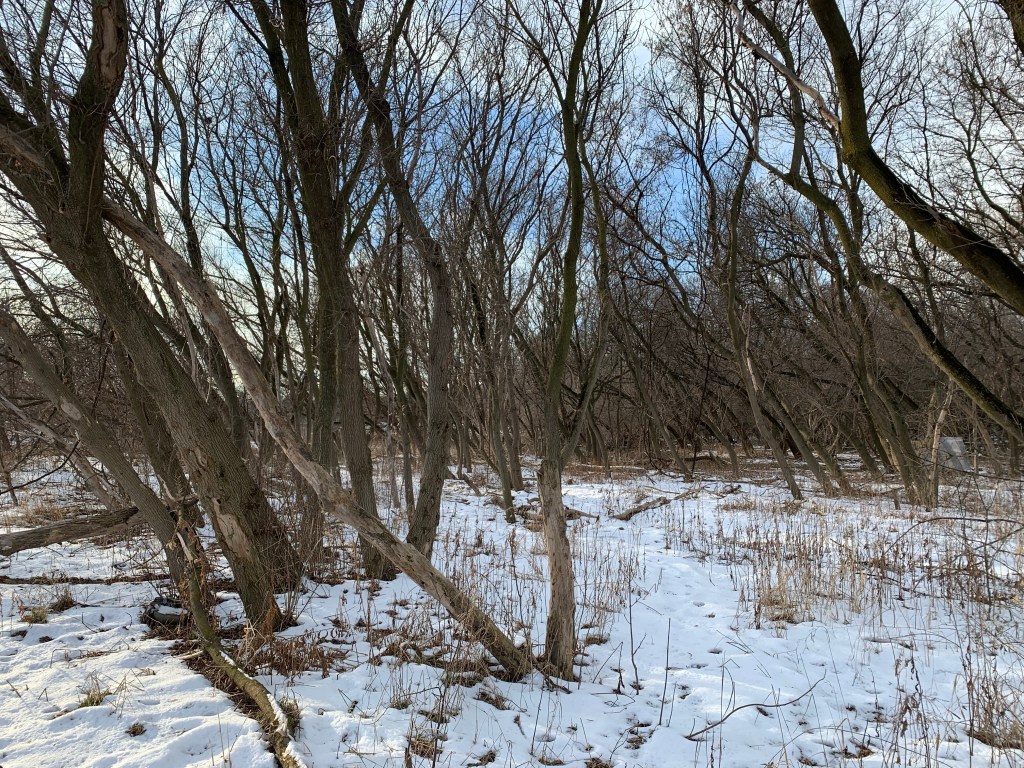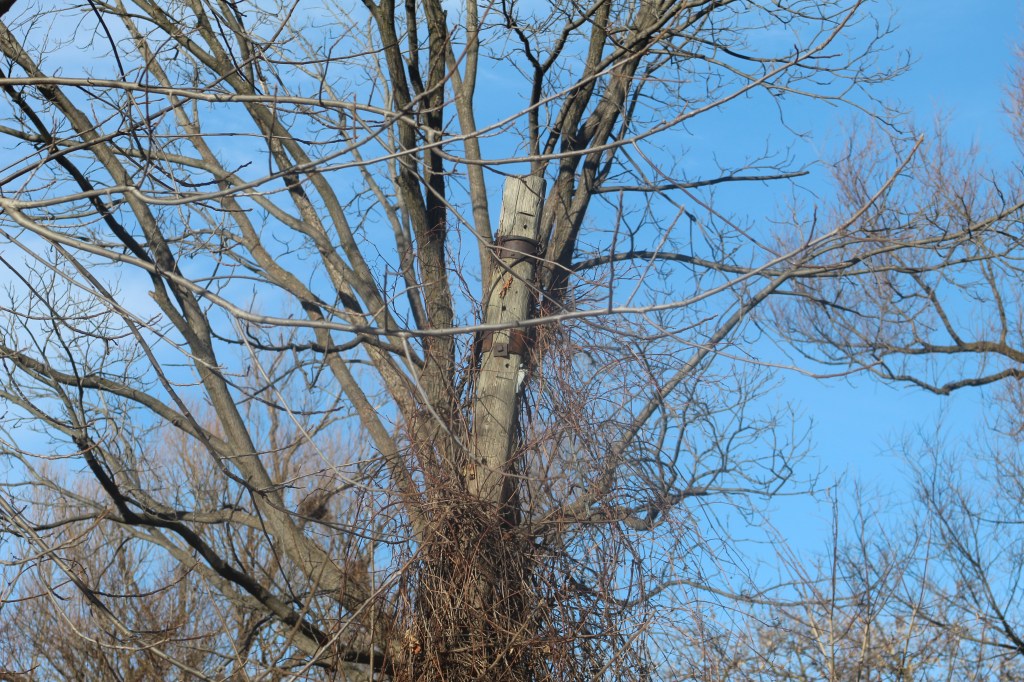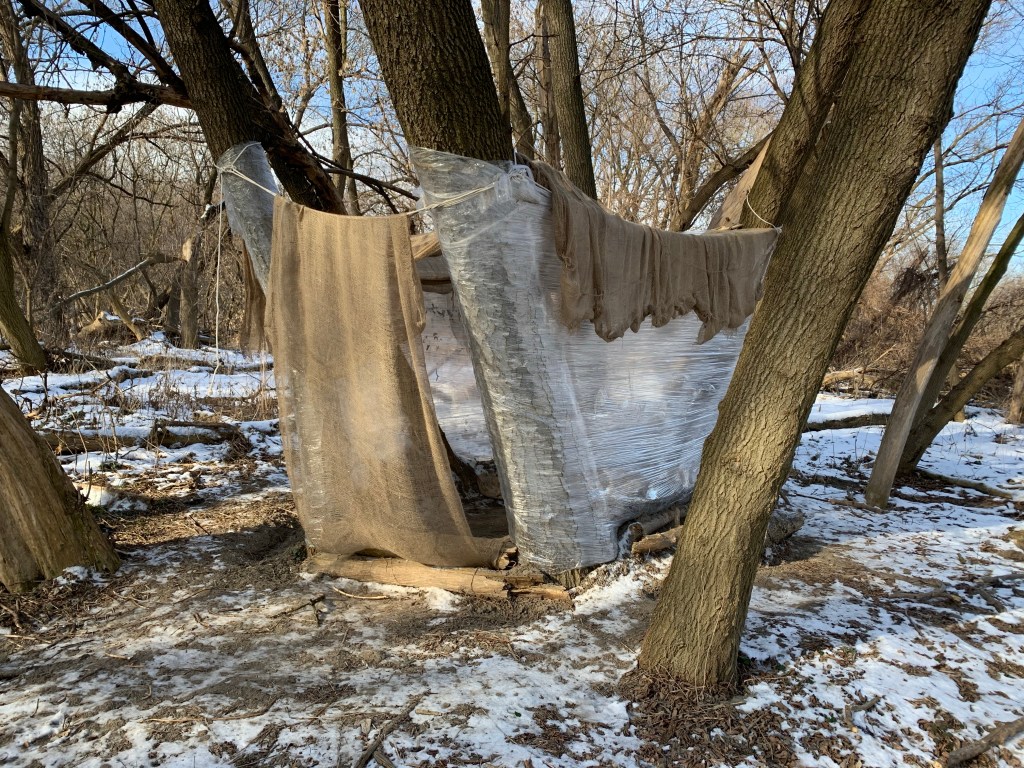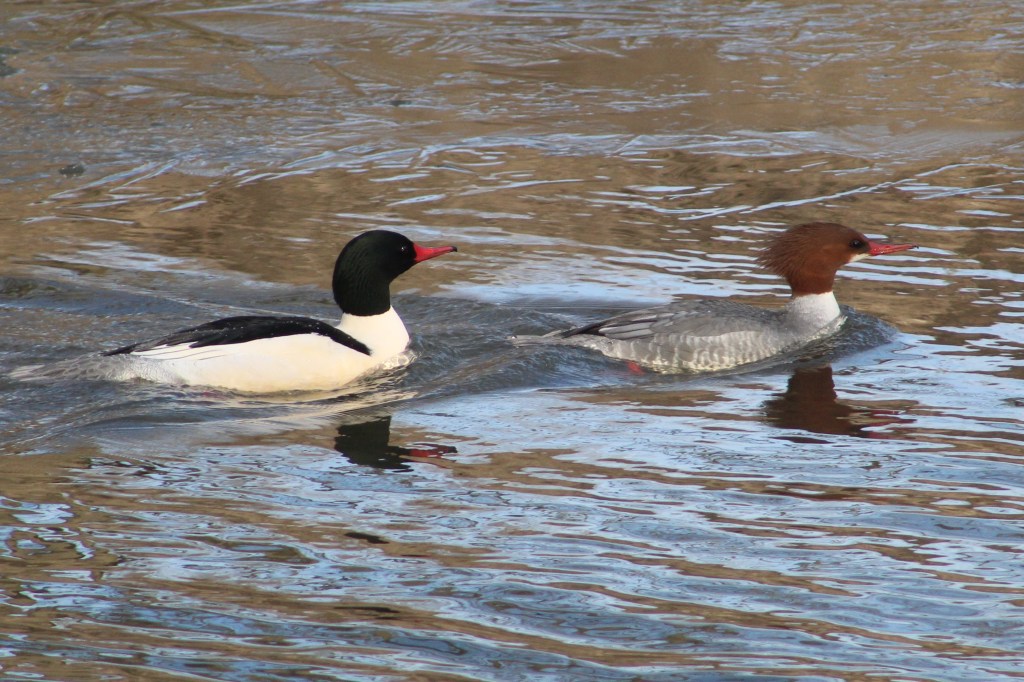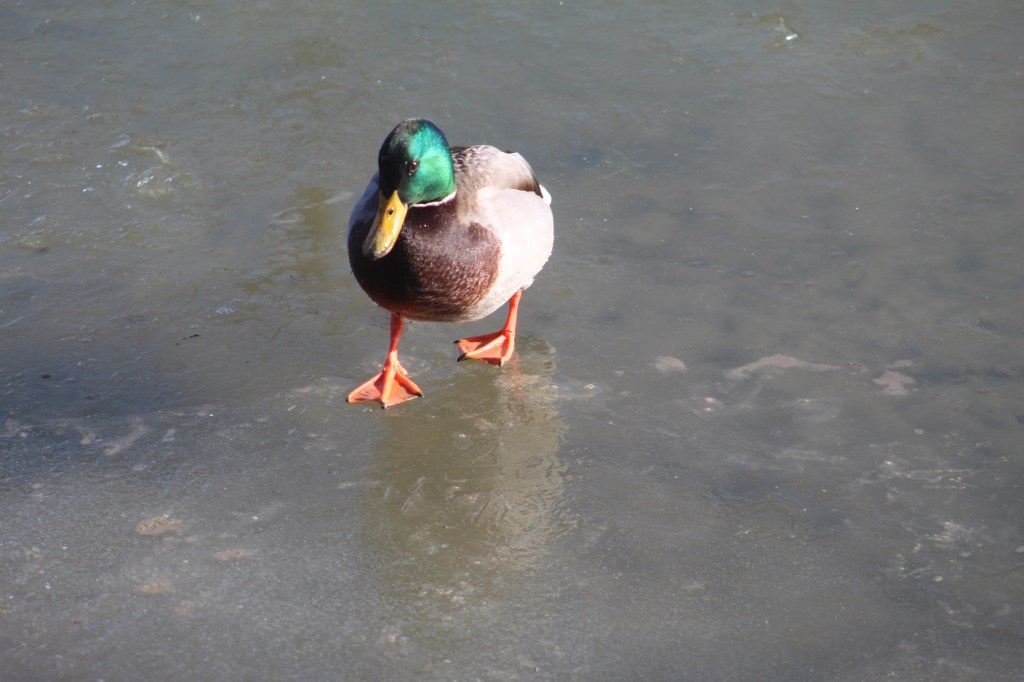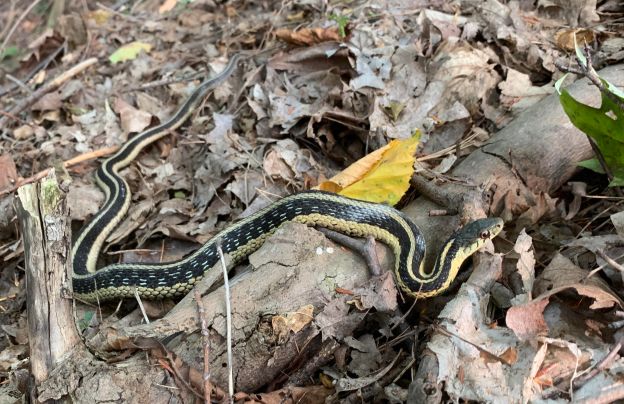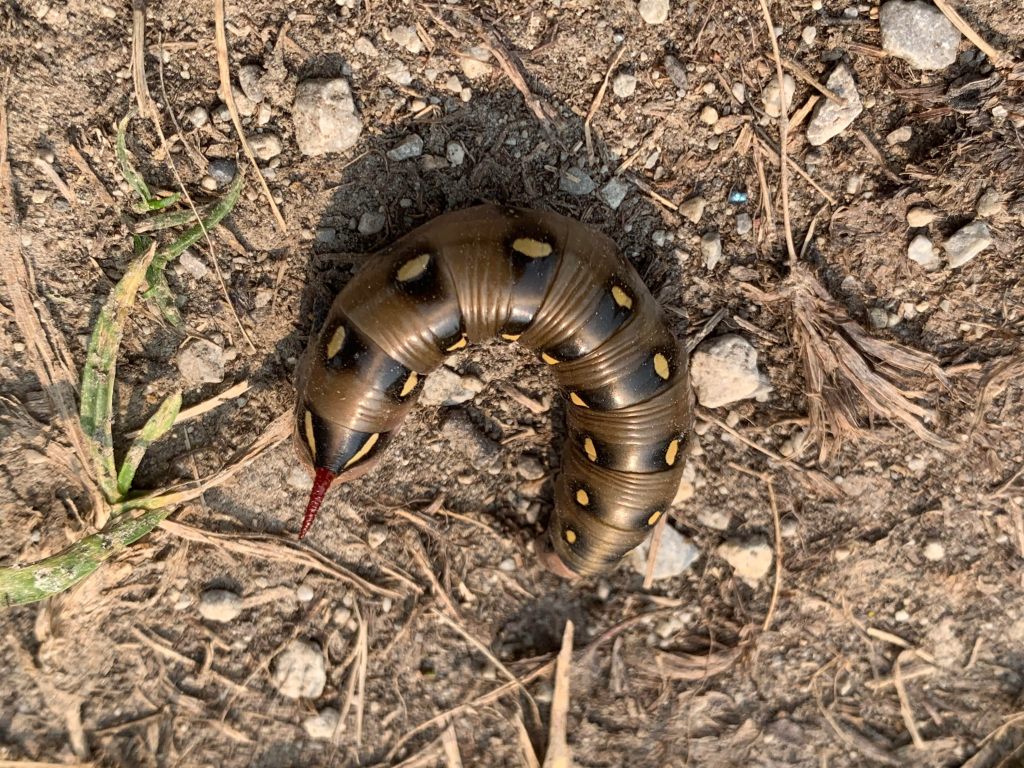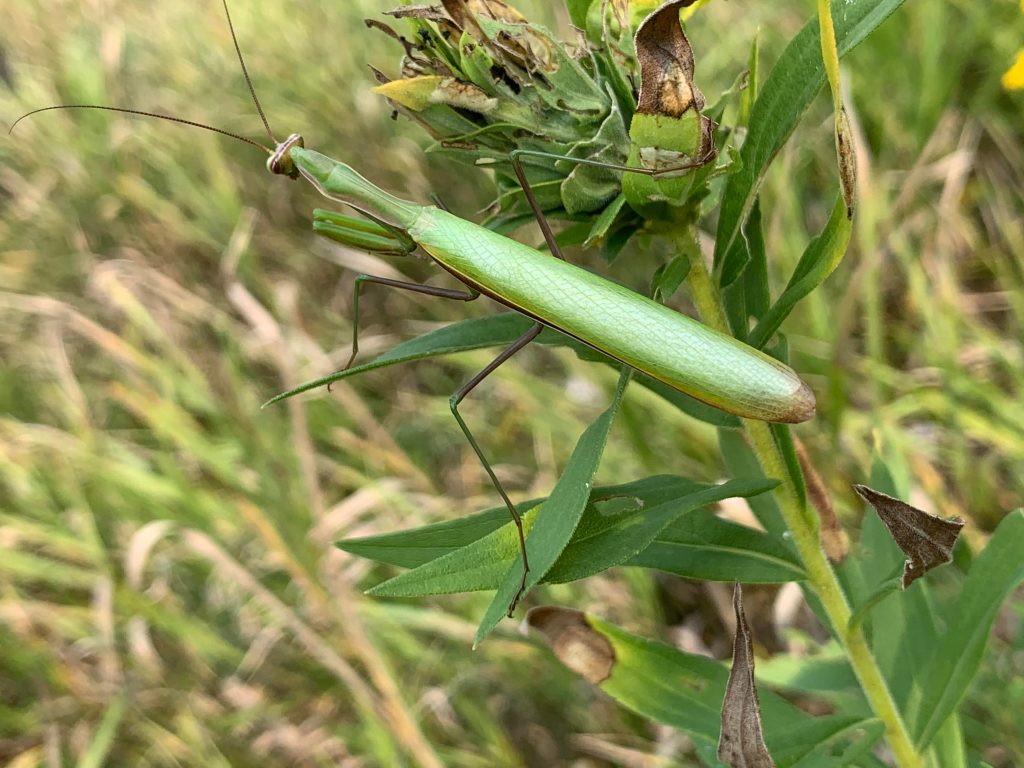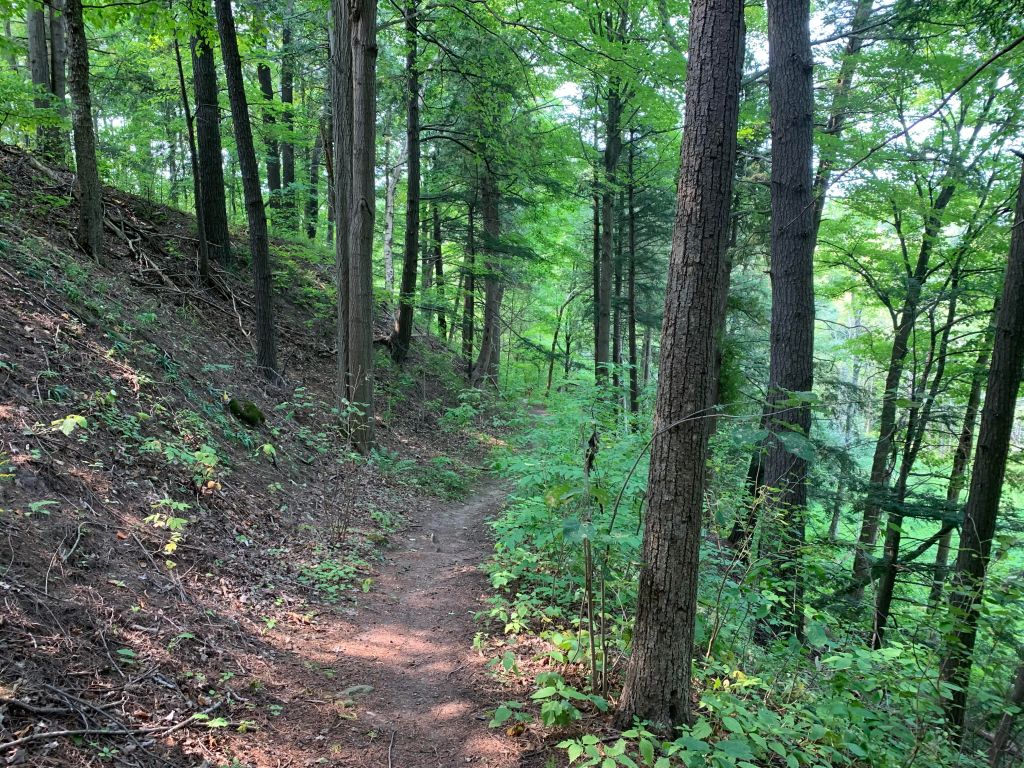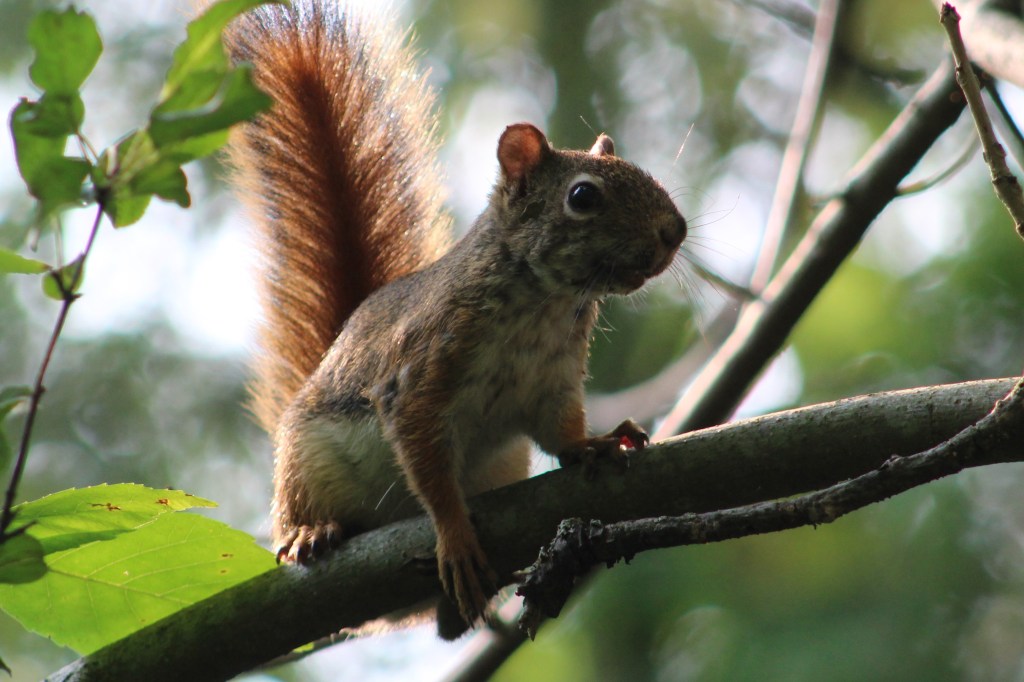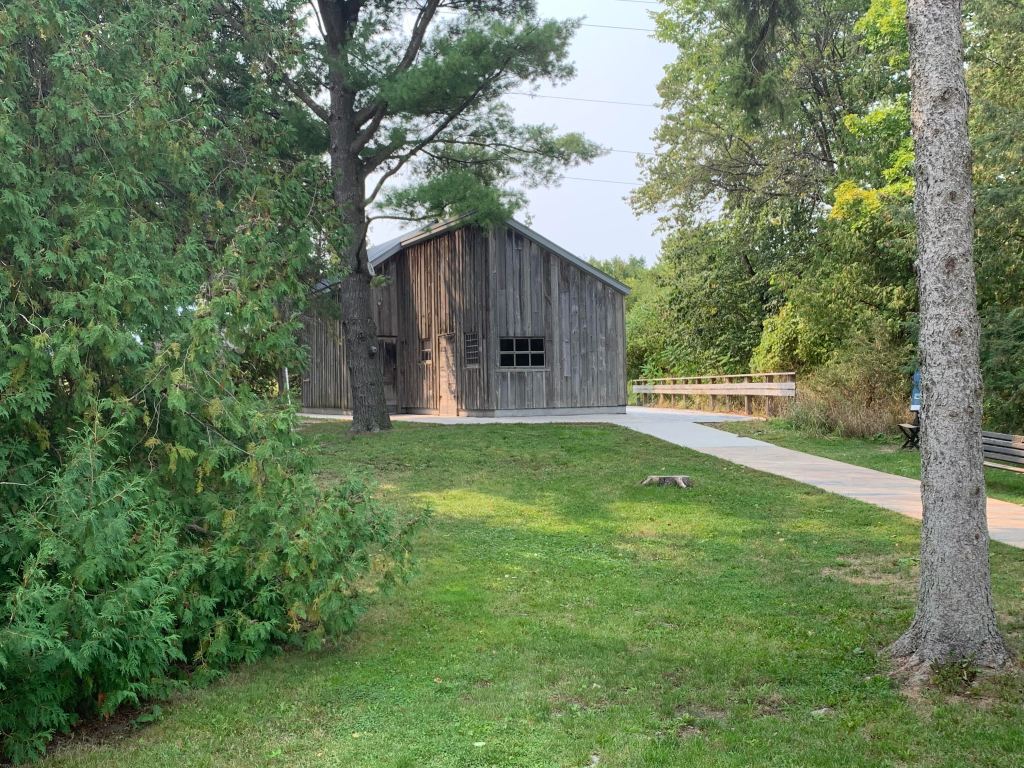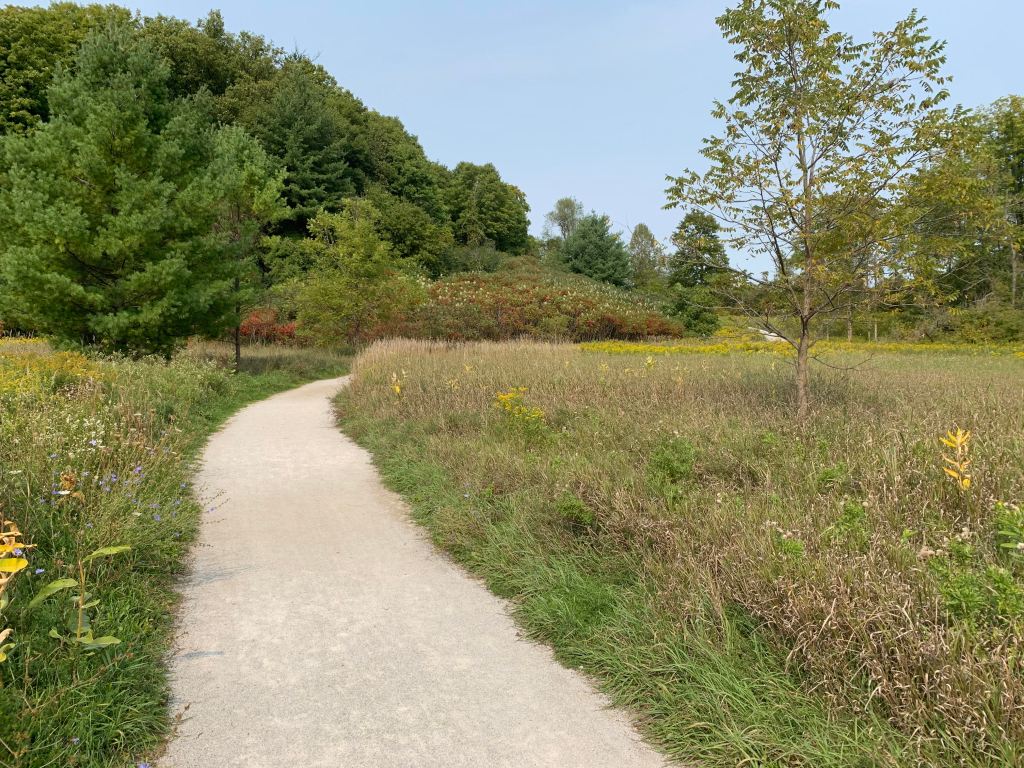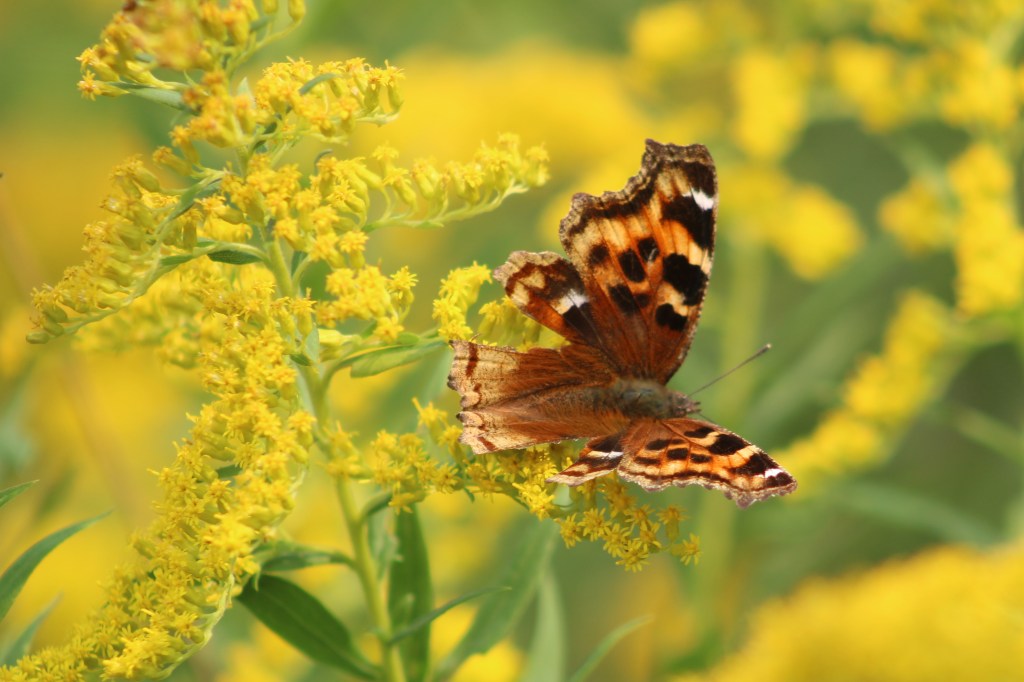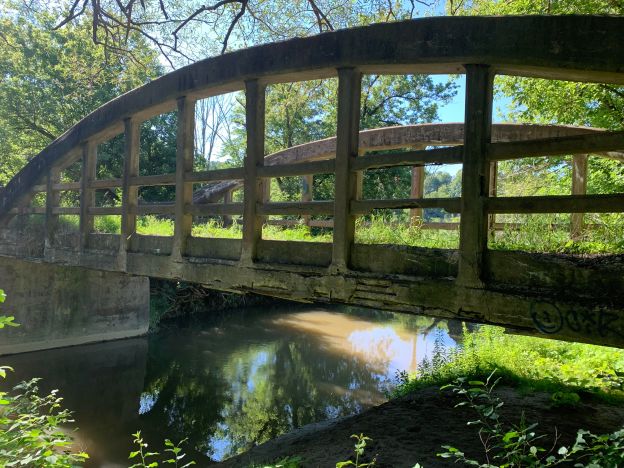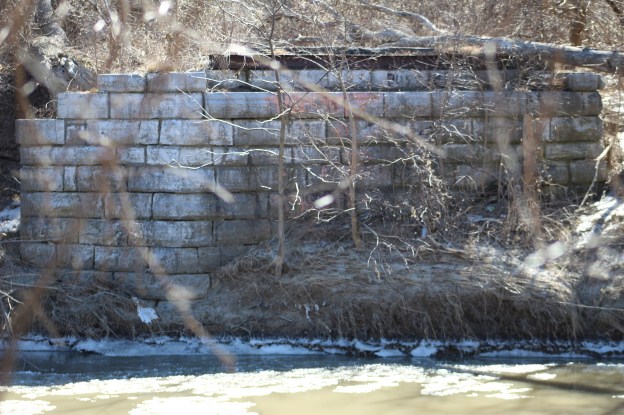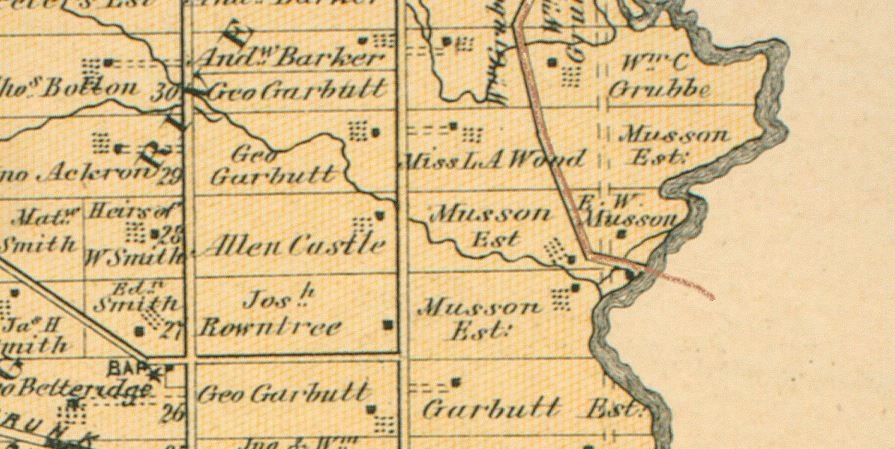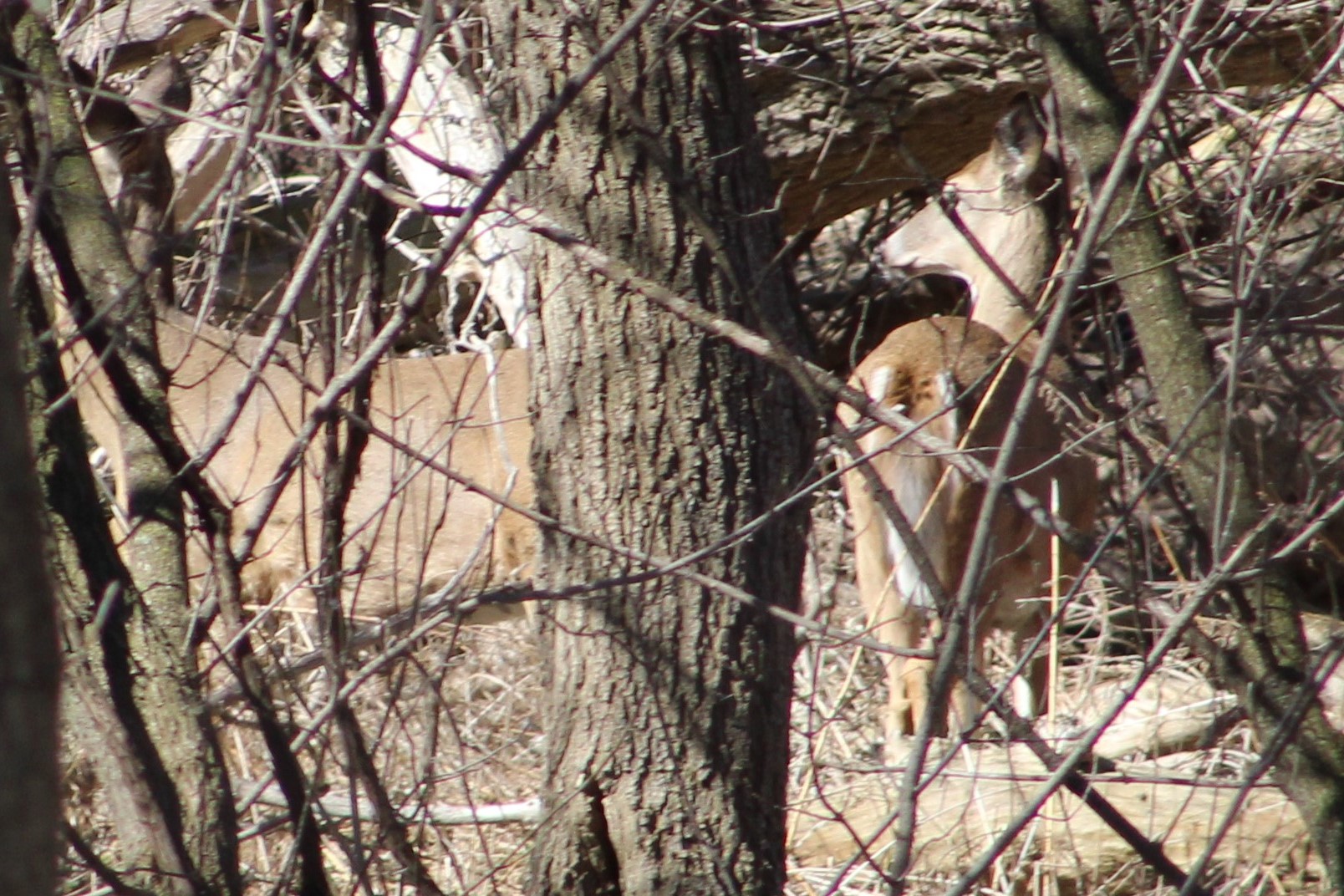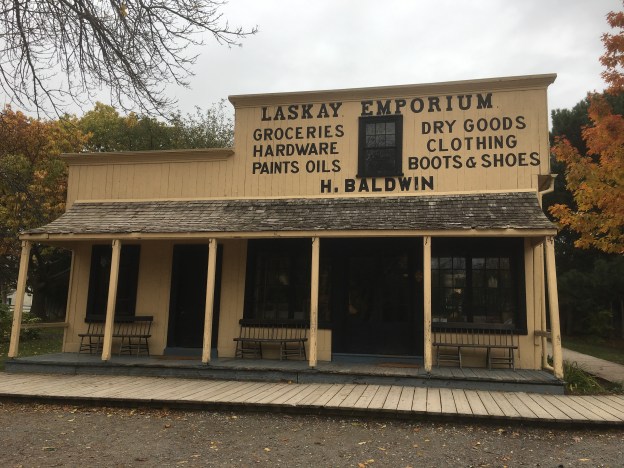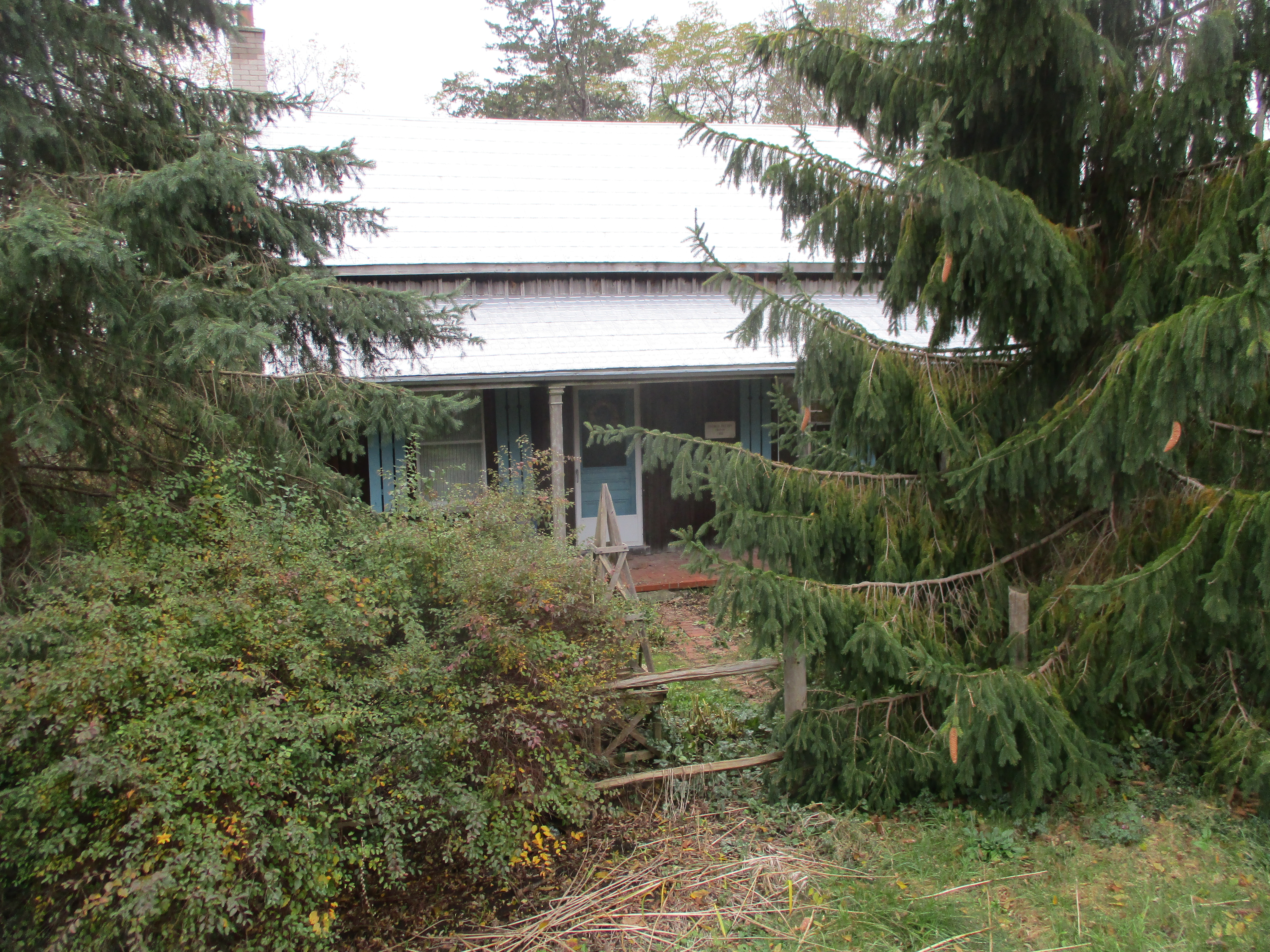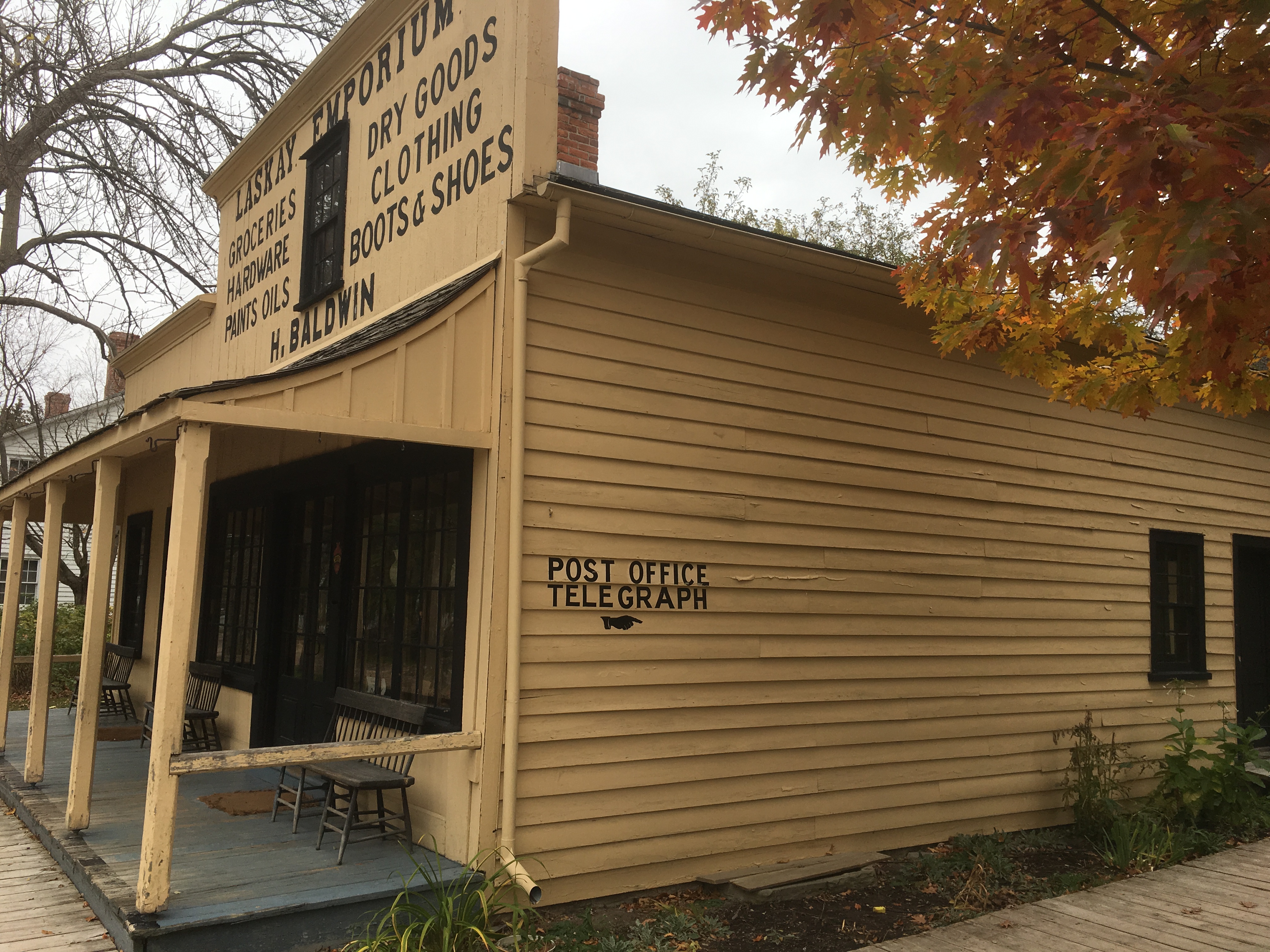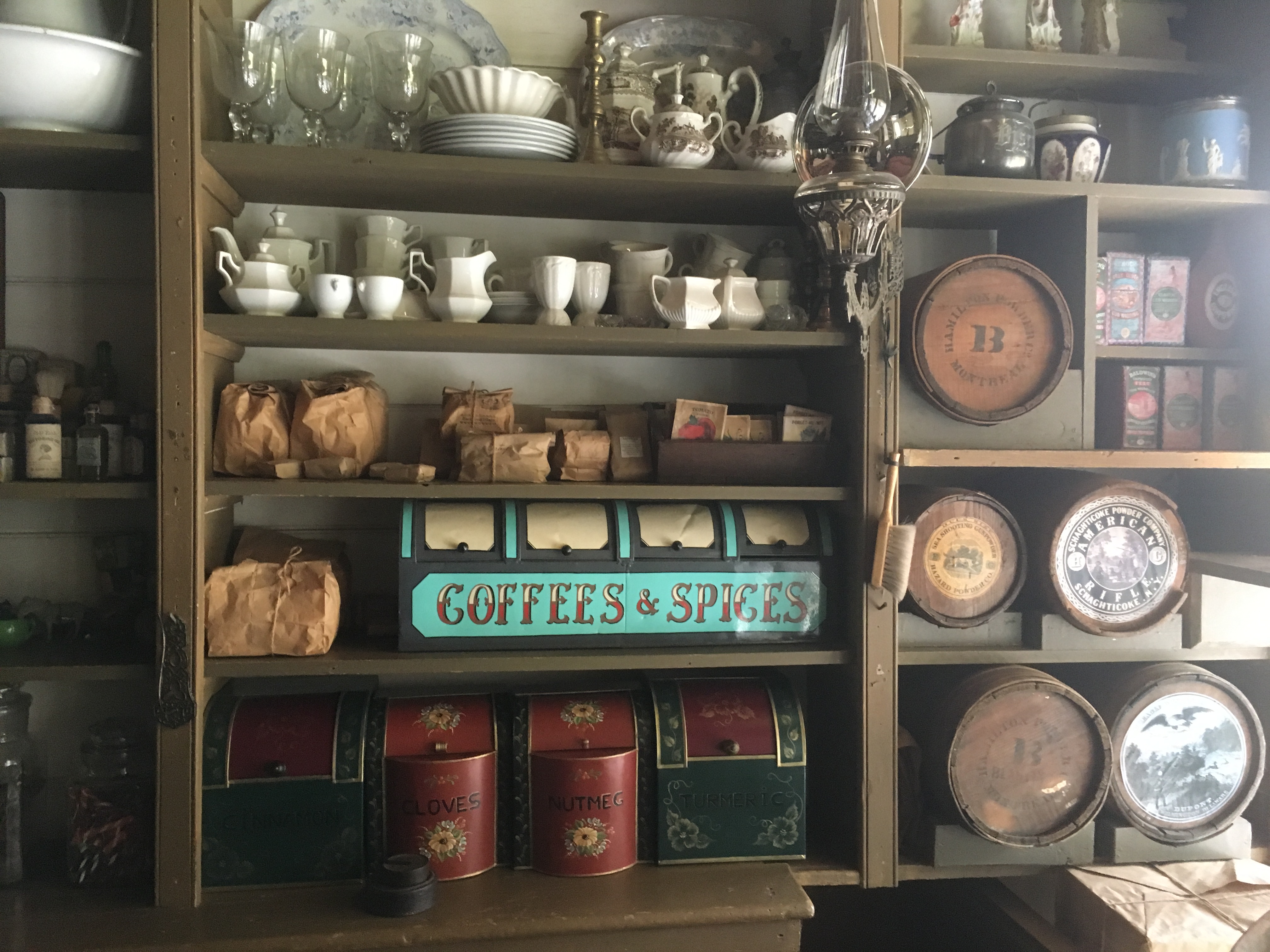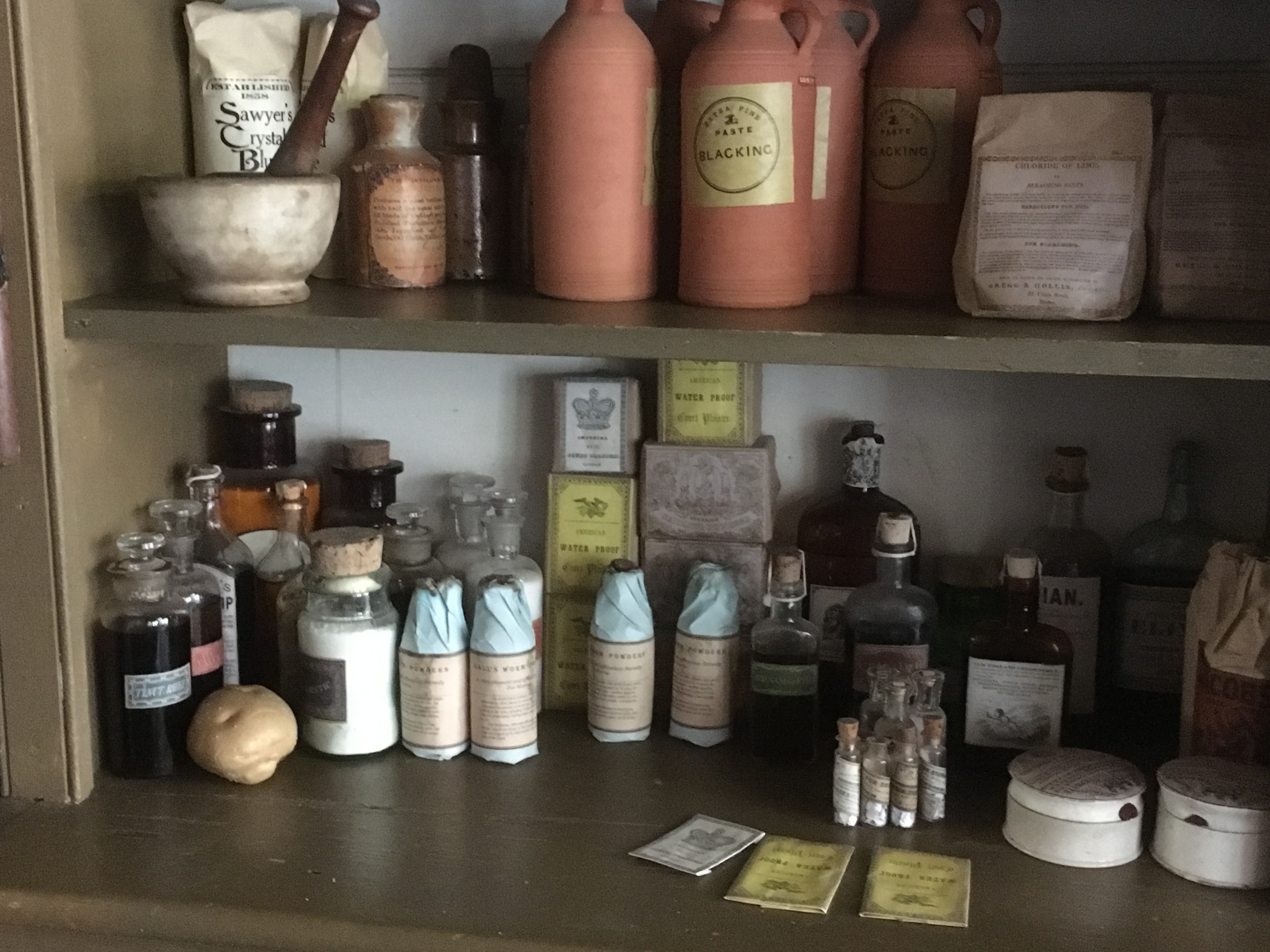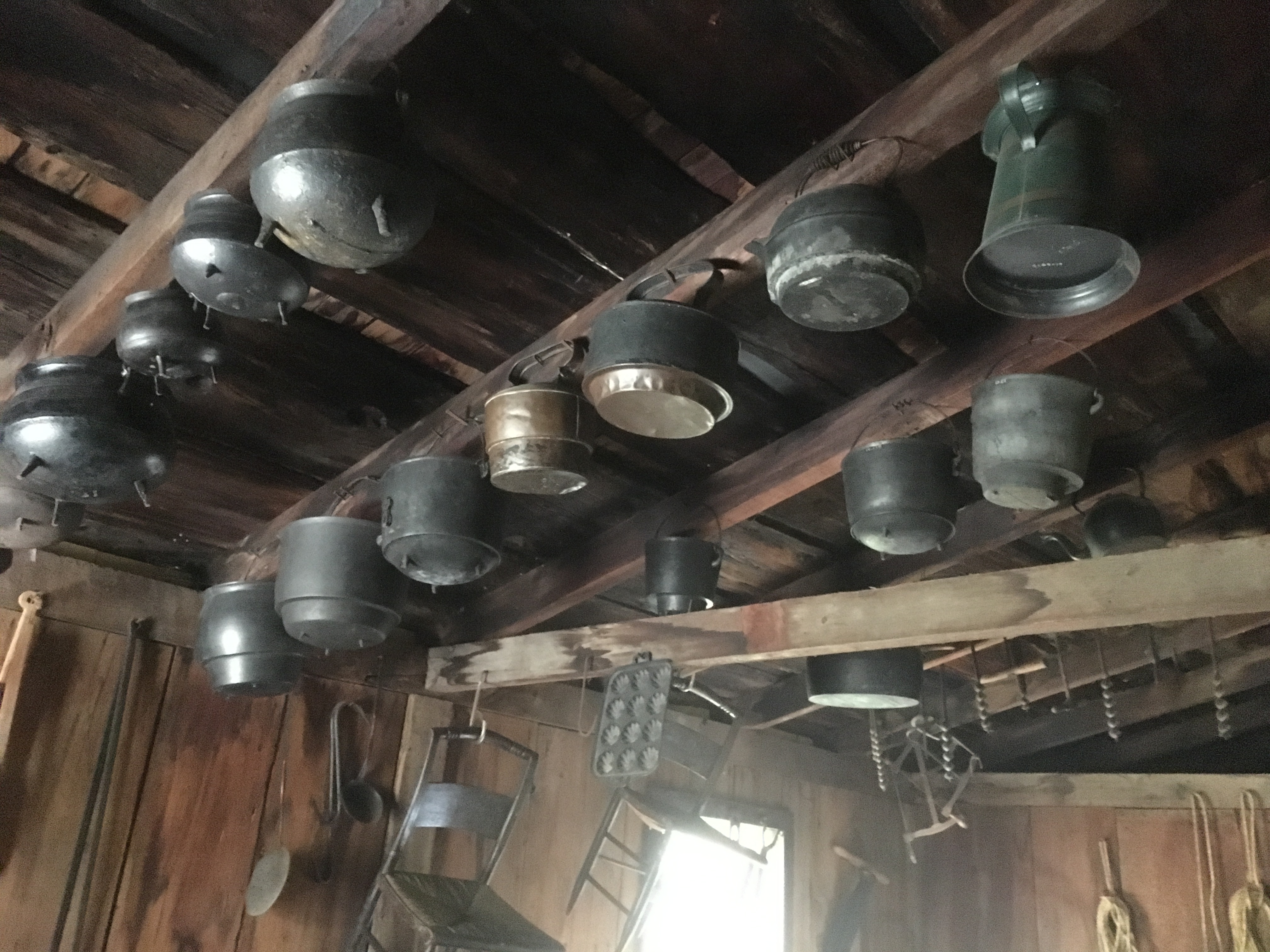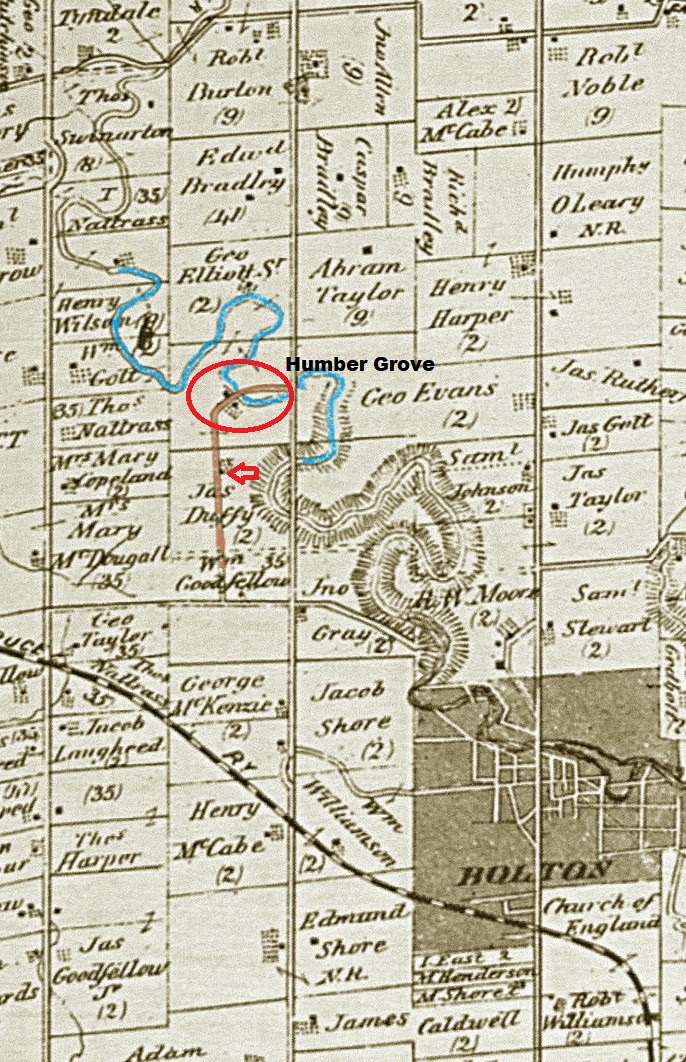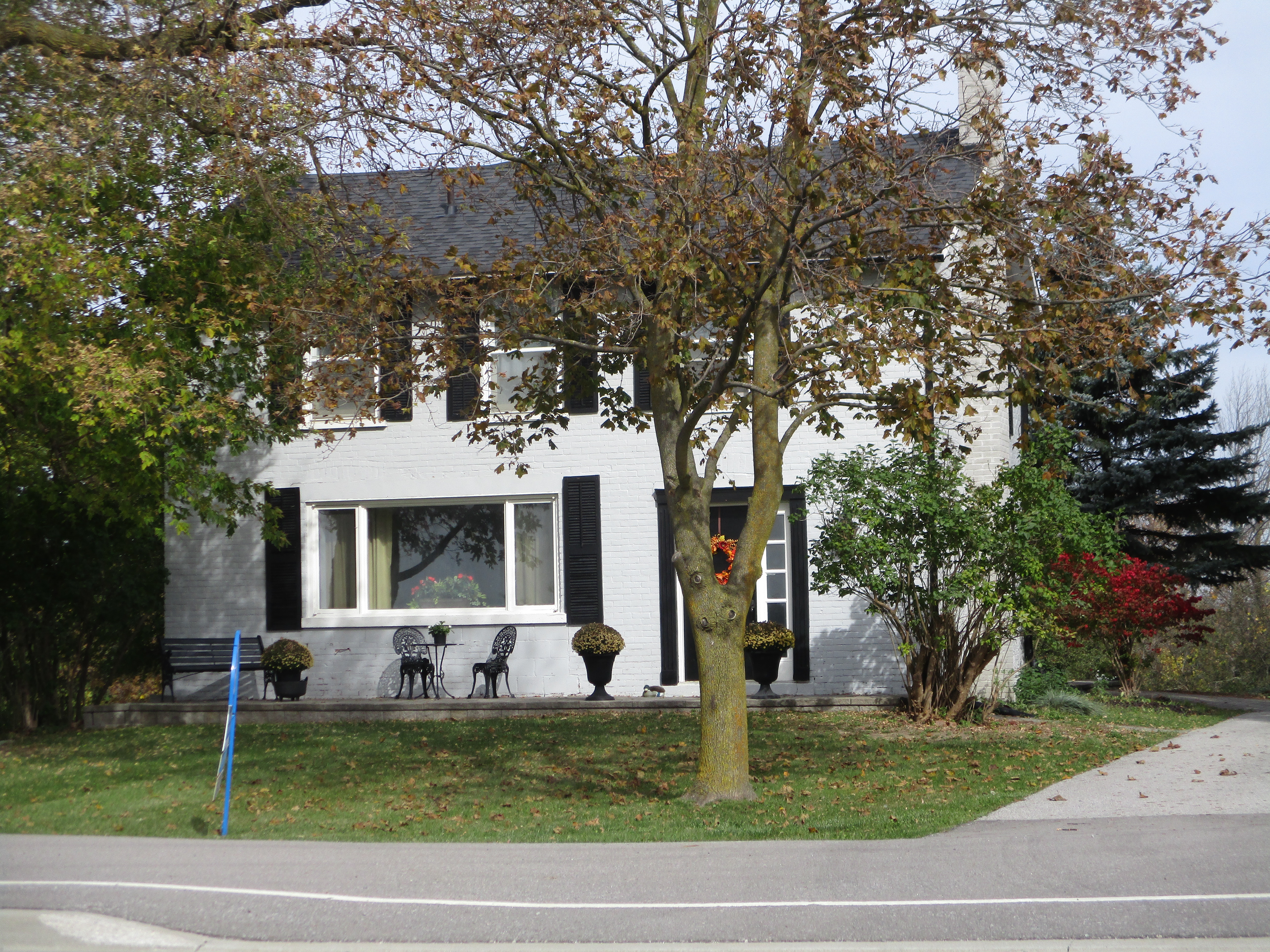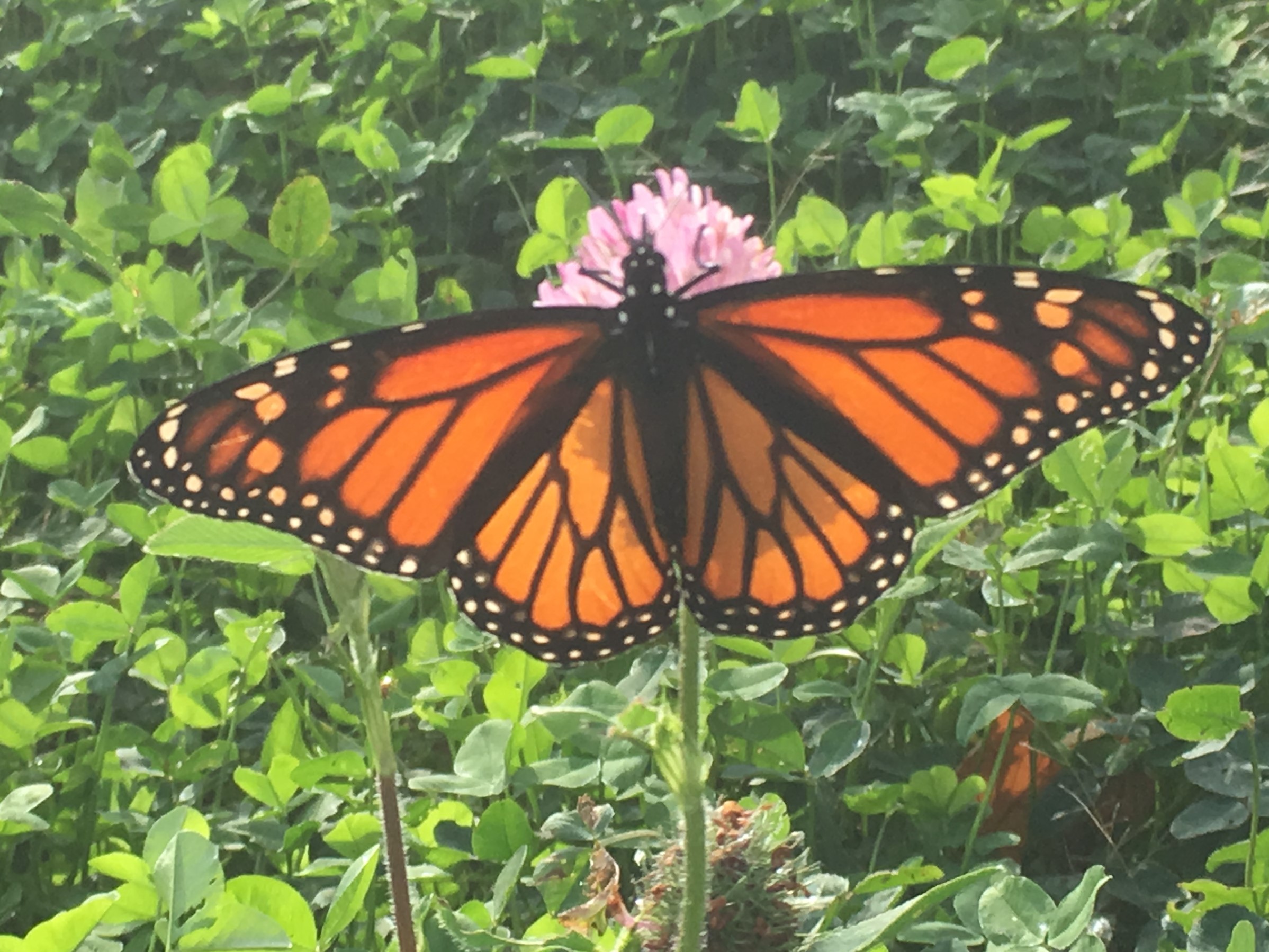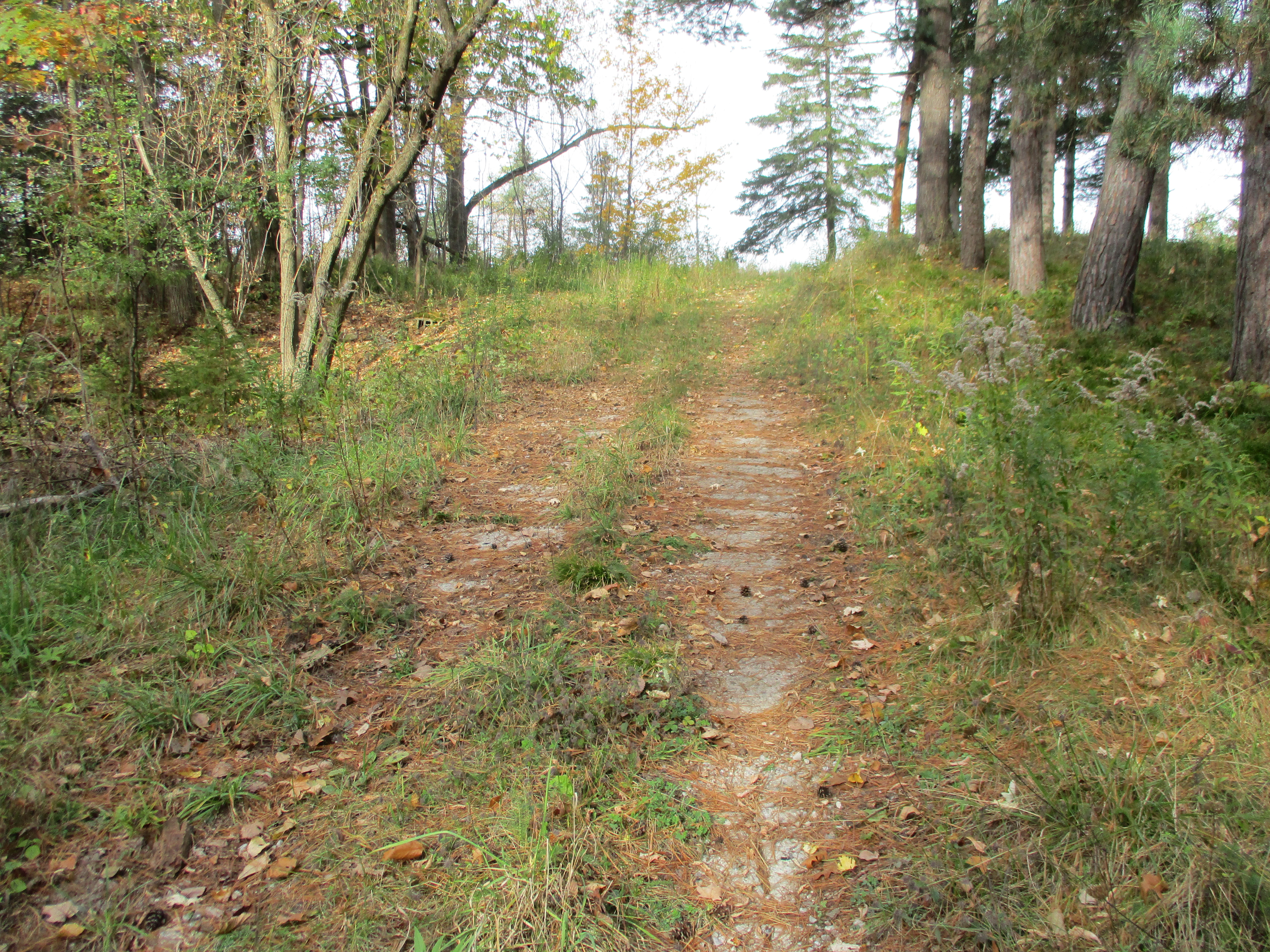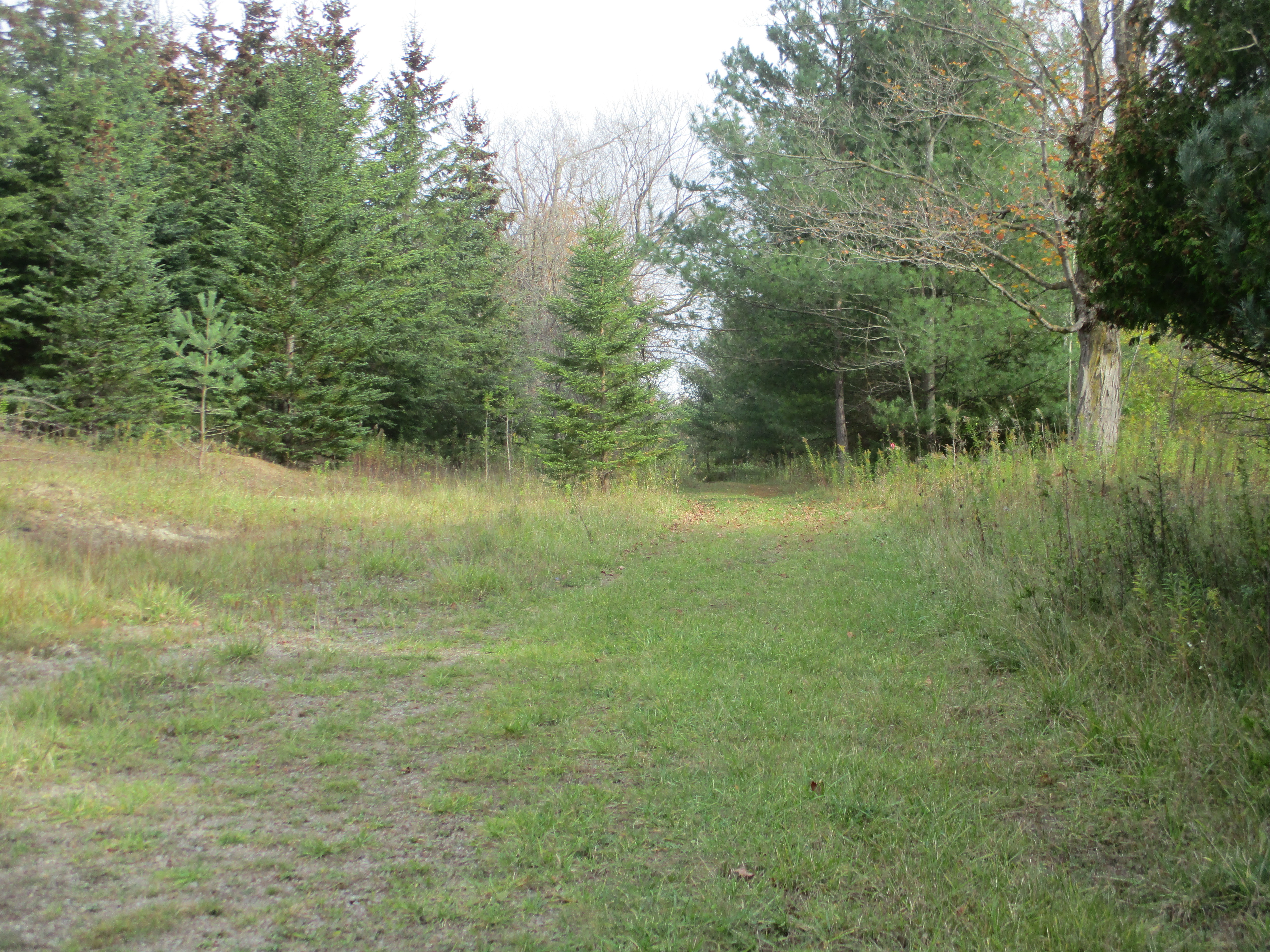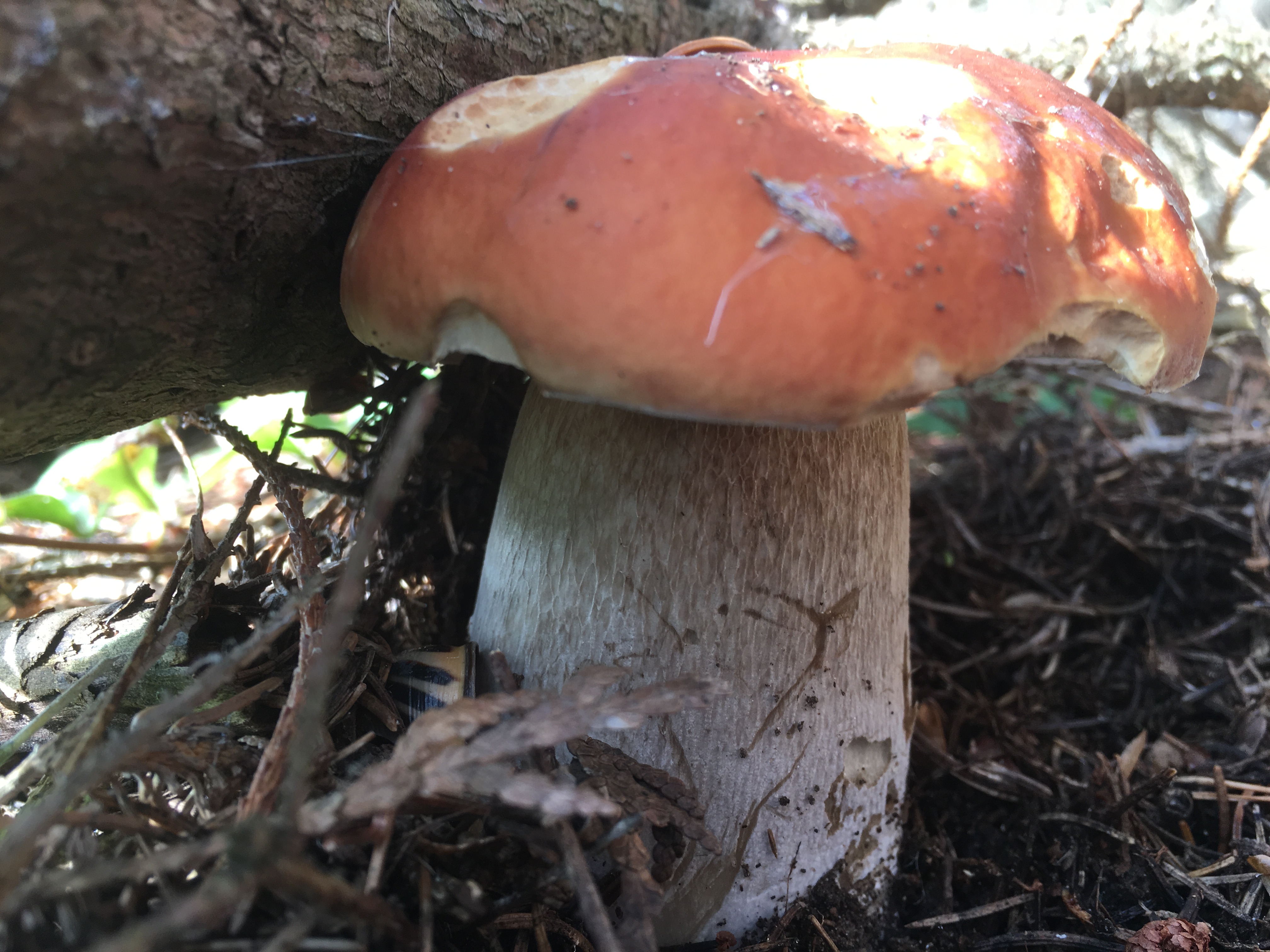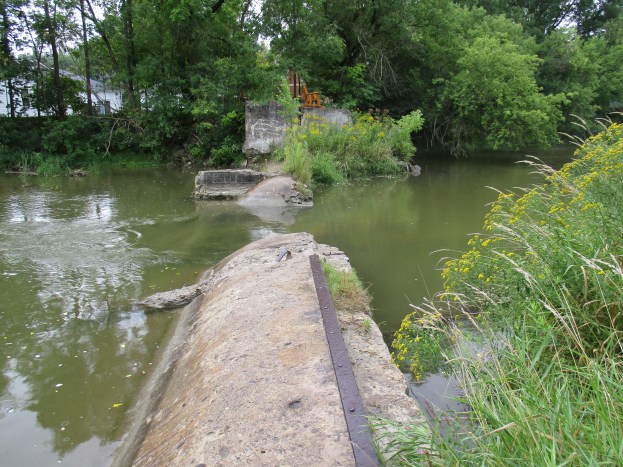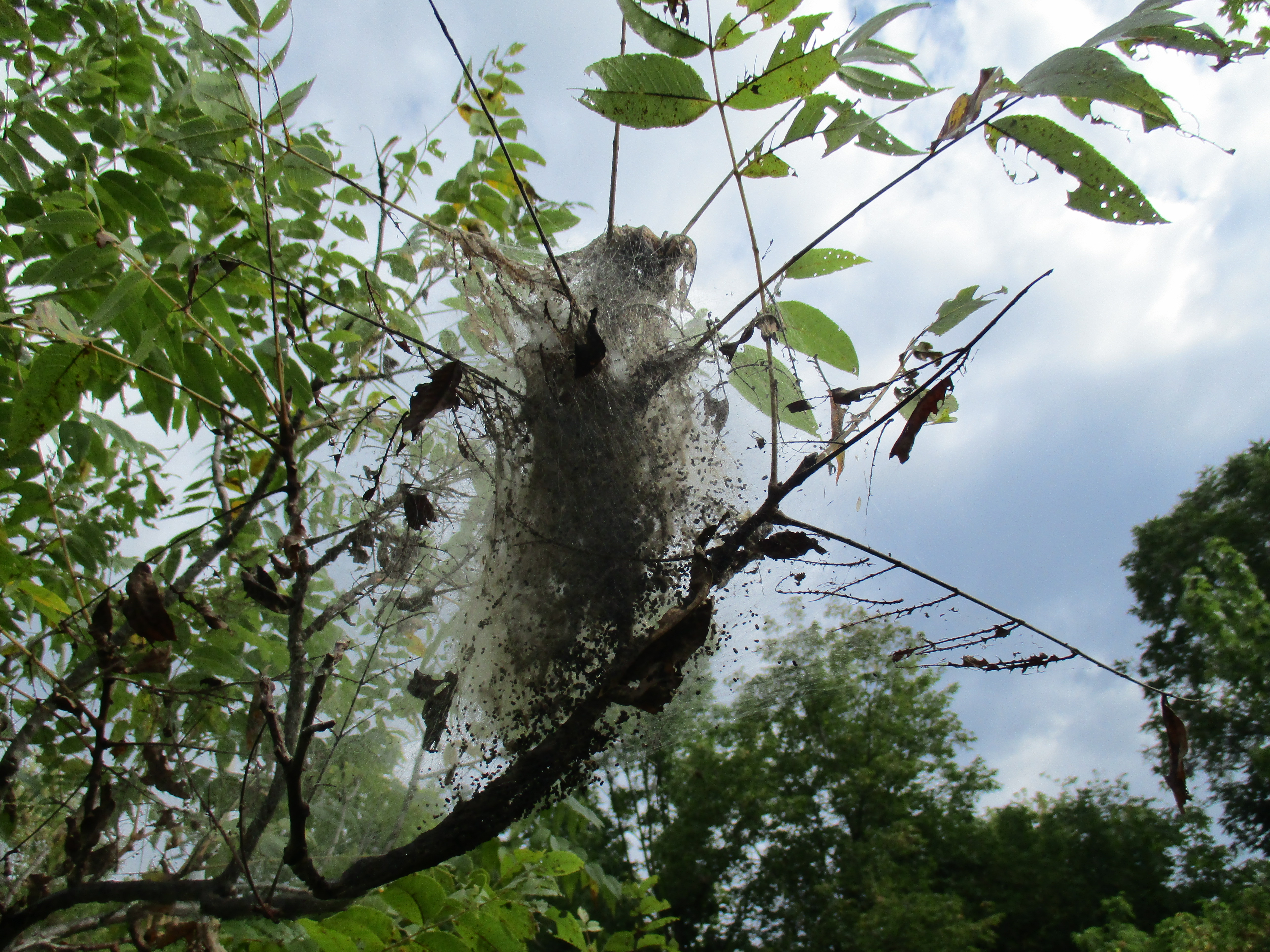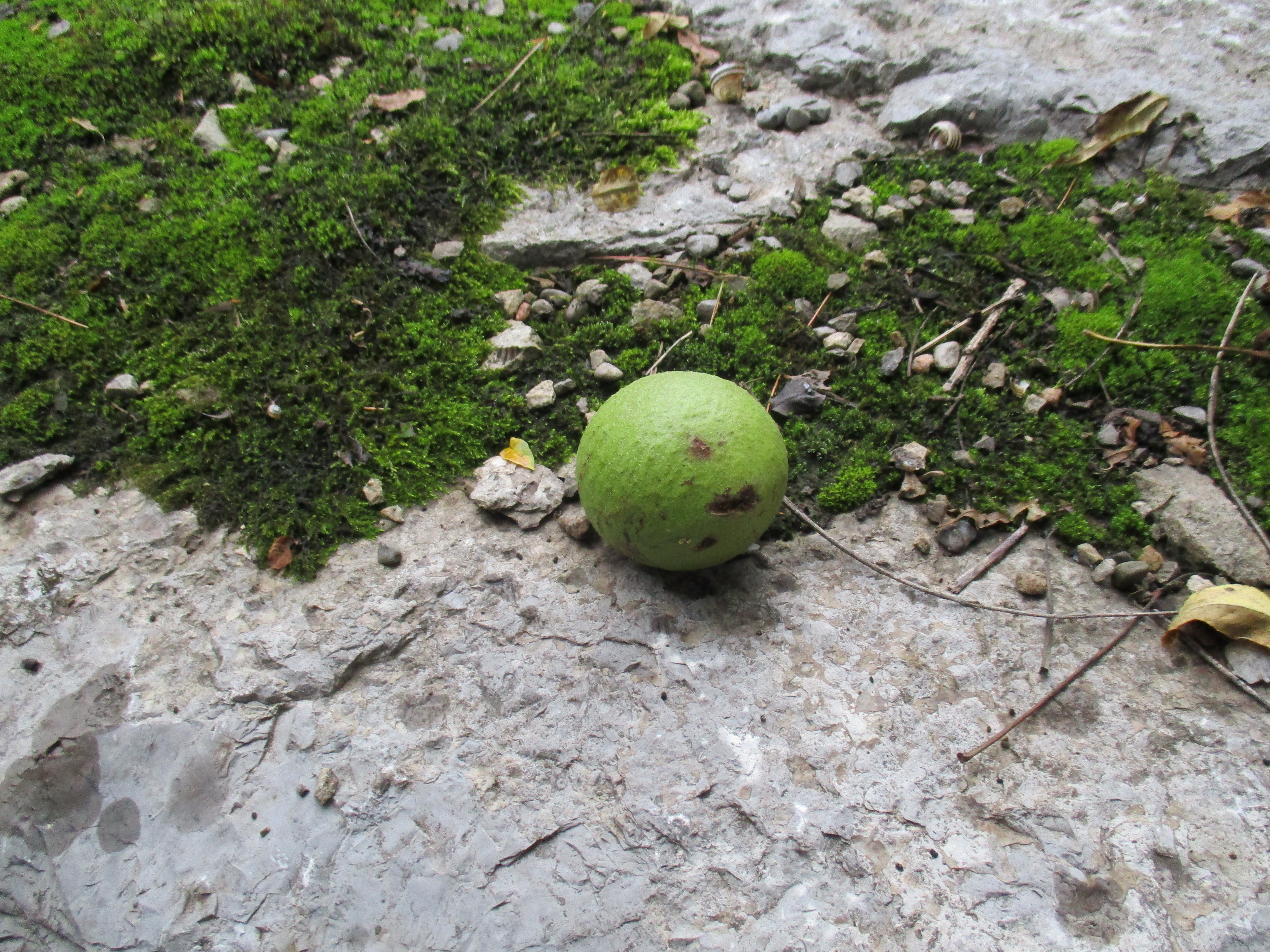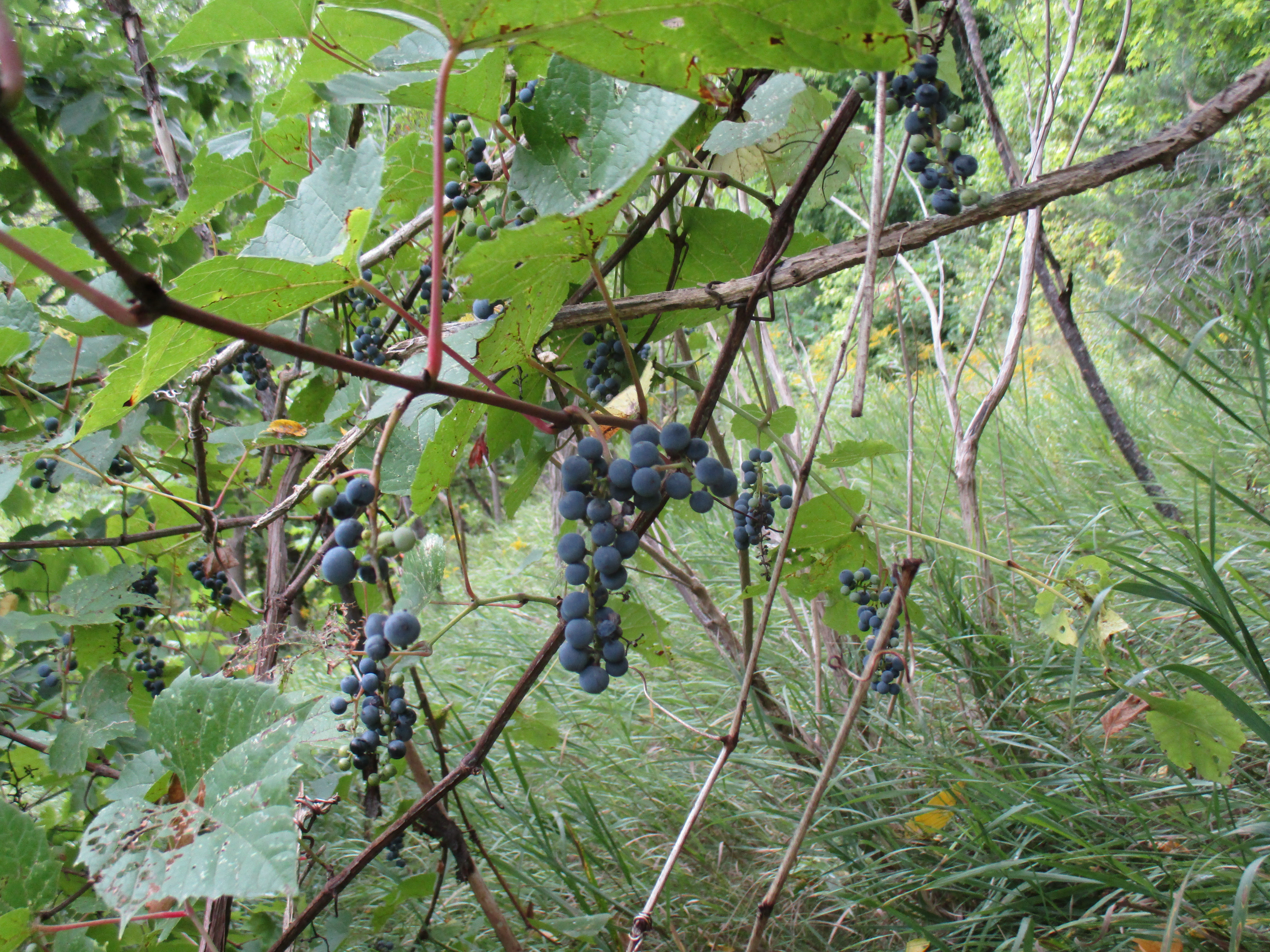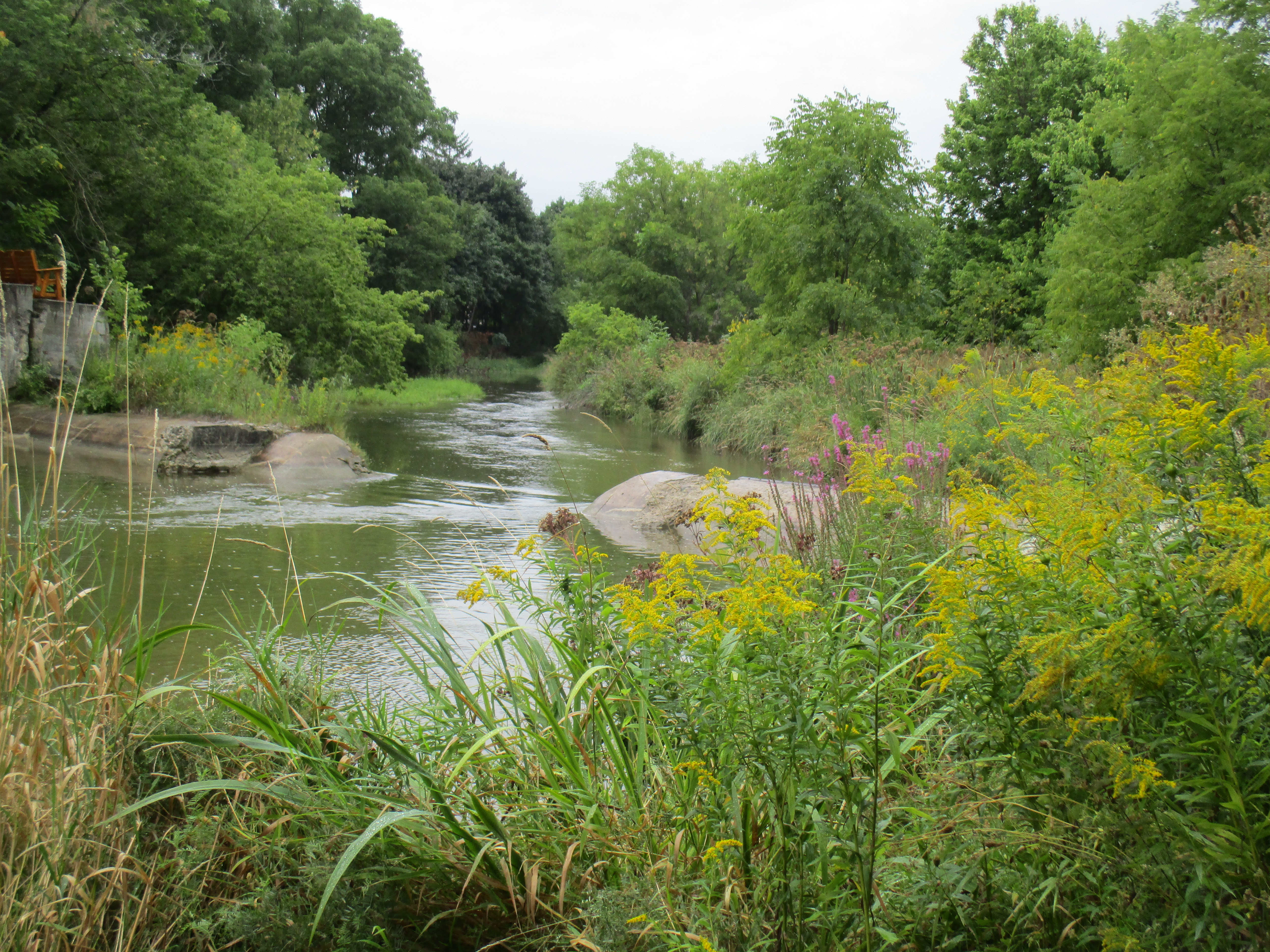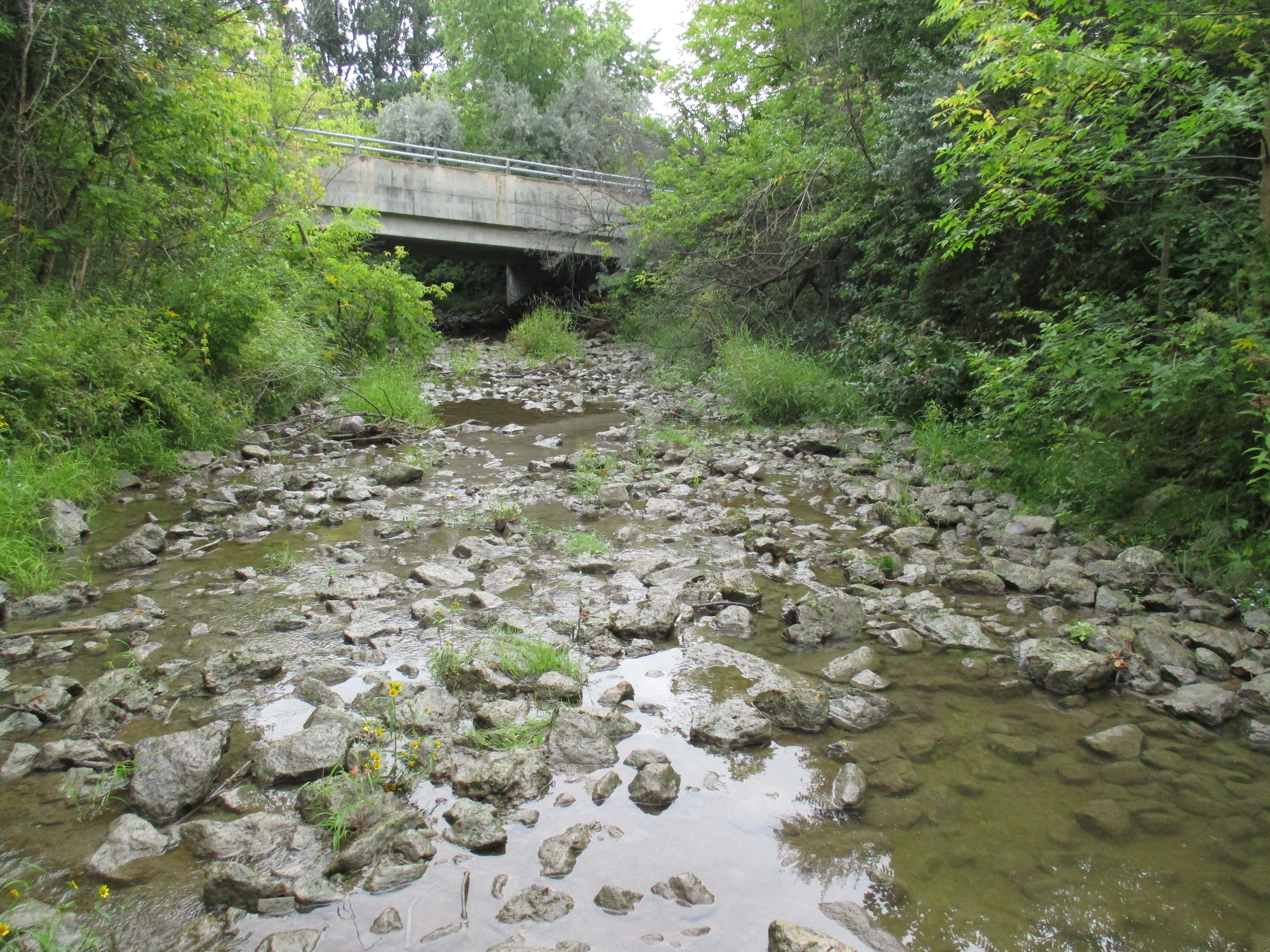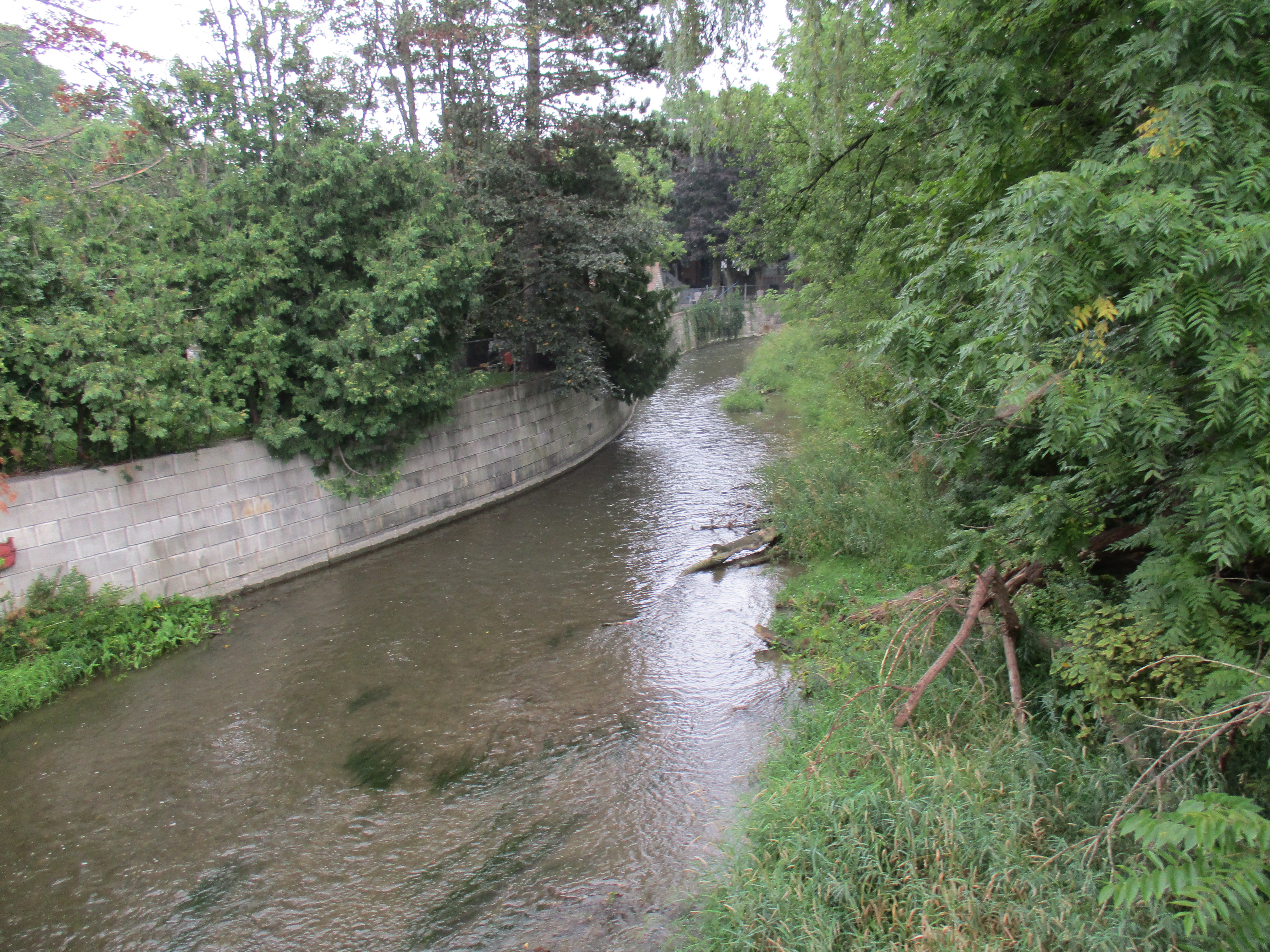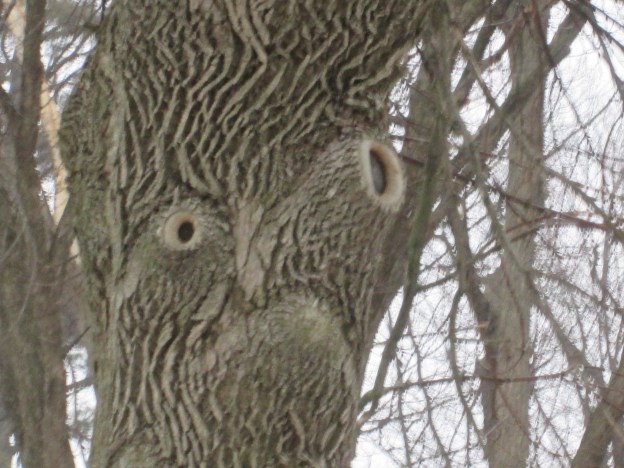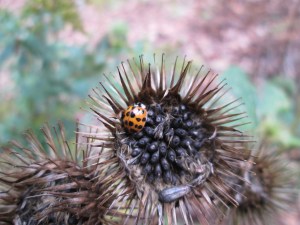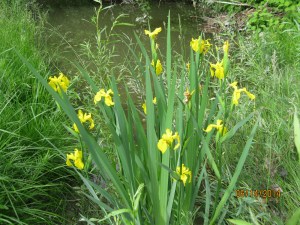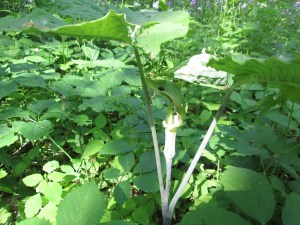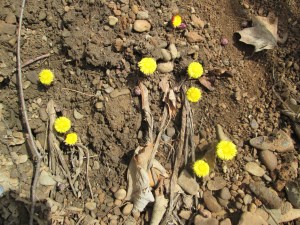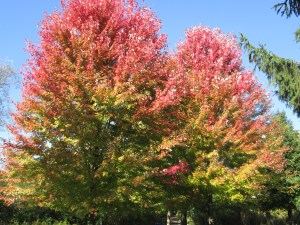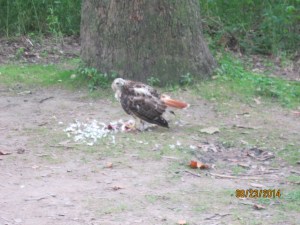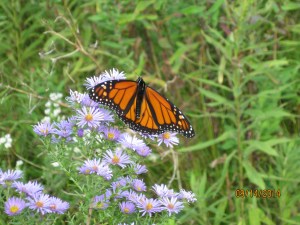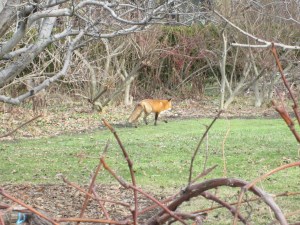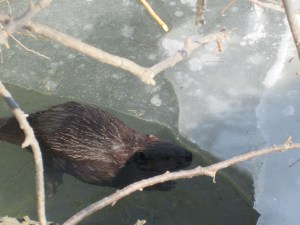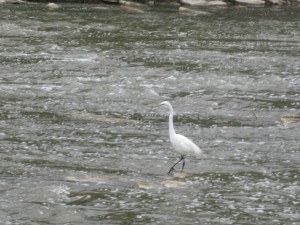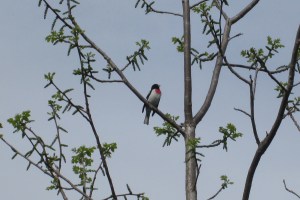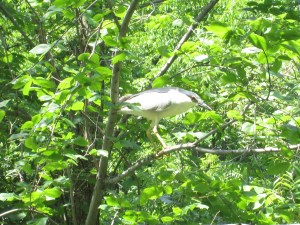Sunday, July 31, 2022
On May 7, 1920 a new movement in Canadian art was launched at the Art Museum of Toronto (Art Gallery of Ontario). The seven men who came to be known as The Group of Seven were all friends and had worked together for several years. They had been influenced by the work of Tom Thomson who passed away before the group got started. The concept for the group had been in place in 1913-1914 when Thomson was still alive but was put on hold by the First World War. Four of the members, Harris, Jackson, Lismer and Varley were directly involved and a fifth, Carmichael had his studies in Antwerp interrupted by the war. Lawren Harris had the drive, energy and wealth to make the group happen and became the de facto leader. It was at his home at 63 Queen’s Park in Toronto that the group had its founding meeting in March of 1920. Between 1920 and 1932 the group held eight art exhibitions before they disbanded. MacDonald passed away in 1932 but the others went on to lengthy careers after the group was finished. In this post we’ll look at each of the seven as well as some other Canadian art that is housed in the collection.
Lawren S. Harris lived from 1885 until 1970 and was one of the heirs to the fortune created by the Massey- Harris farm machinery manufacturing company of Toronto. His fortune allowed him to pursue a career as an artist and he was ultimately the driving force behind the Group of Seven. His early work was mostly urban scenes but inspired by Tom Thomson he started to travel to Algoma in 1908 to paint and later to the north shores of Lake Superior. He developed a style of landscapes painted in flat colours but later developed a style of abstract formalized shapes. By the end of his career he had drifted to painting pure abstract art.
Mount Robson 1929 (oil on canvas)

Sand Lake Algoma 1922 (oil on canvas)
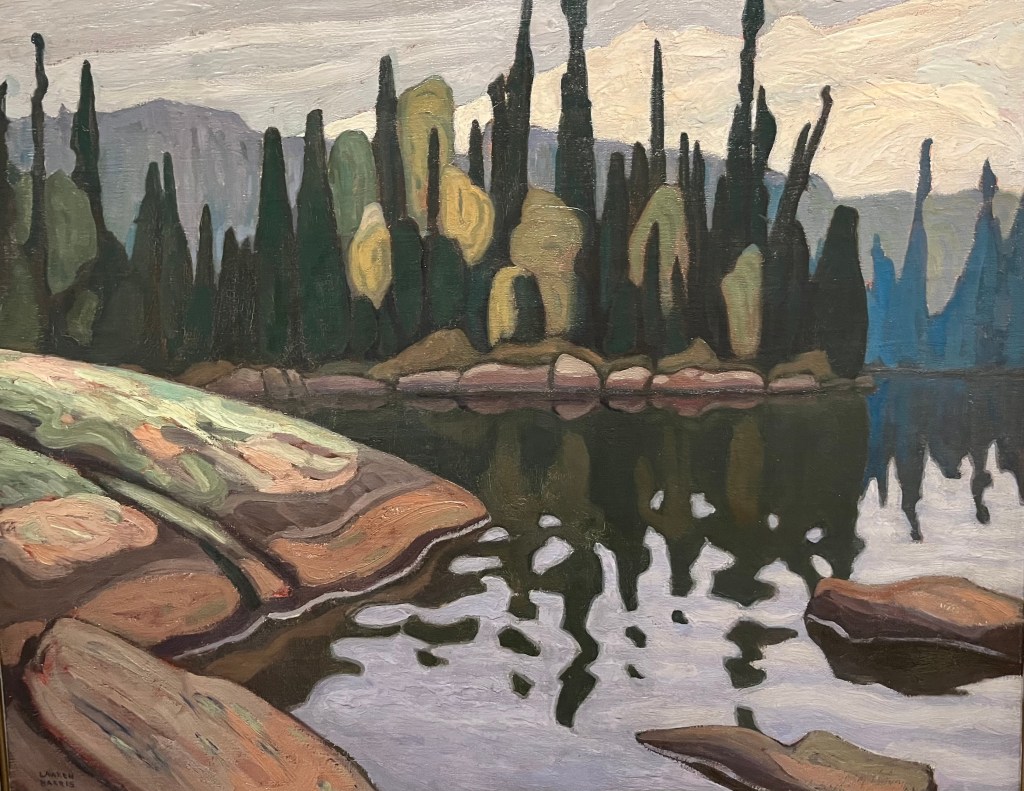
Tom Thomson was born in 1877 and died in July 1917 when he drowned in Canoe Lake in Algonquin Park. Tom made his first journey to Algonquin in 1912 and began sharing a studio with A.Y. Jackson in 1914. Thomson began producing hundreds of oil sketches and a handful of large-scale paintings. Tom was reputed to be an avid outdoorsman, canoeist and Algonquin guide but in July 1917 he drowned in Canoe Lake in circumstances that are still not understood.
In Algonquin Park 1914 (oil on canvas)

Snow In The Woods 1916 (oil on wood panel)
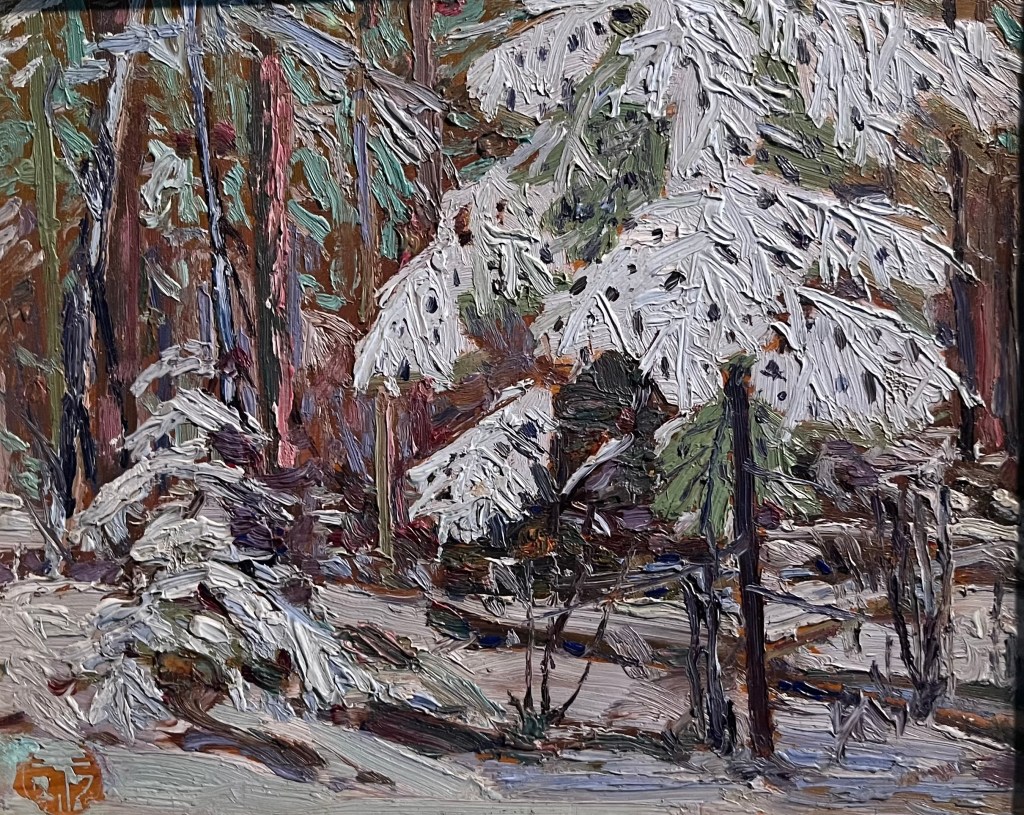
J.E.H. MacDonald lived between 1873 and 1932 and like several others in the group was a commercial artist for the Toronto firm Grip Ltd. In 1911 he left the firm to organize an exhibit of his own art works. He created various styles of landscape paintings until his trips to Algoma led him to take inspiration in the style of Tom Thomson. Beginning in 1924 he started taking trips to the Rockies to paint but he was sidelined by a stroke in 1931. A second one in 1932 was fatal and his loss led to the disbanding of the Group of Seven in January 1933.
Algoma Waterfall 1920 (oil on canvas)

Cathedral Peak and Lake O’Hara 1927 (oil on paperboard)

A.Y. Jackson was born in 1882 and lived until 1974. Jackson was a friend of Thomson and travelled to Algonquin with him in 1914. He enlisted for the First World War but was injured in the battle of Sanctuary Wood and spent the rest of the war as an official army artist. In 1927 he joined an RCMP ship to explore and paint the Arctic. When he went back to the Arctic in 1930 he took Harris with him.
Radium Mine 1938 (oil on canvas)

Bent Pine 1948 (oil on canvas)
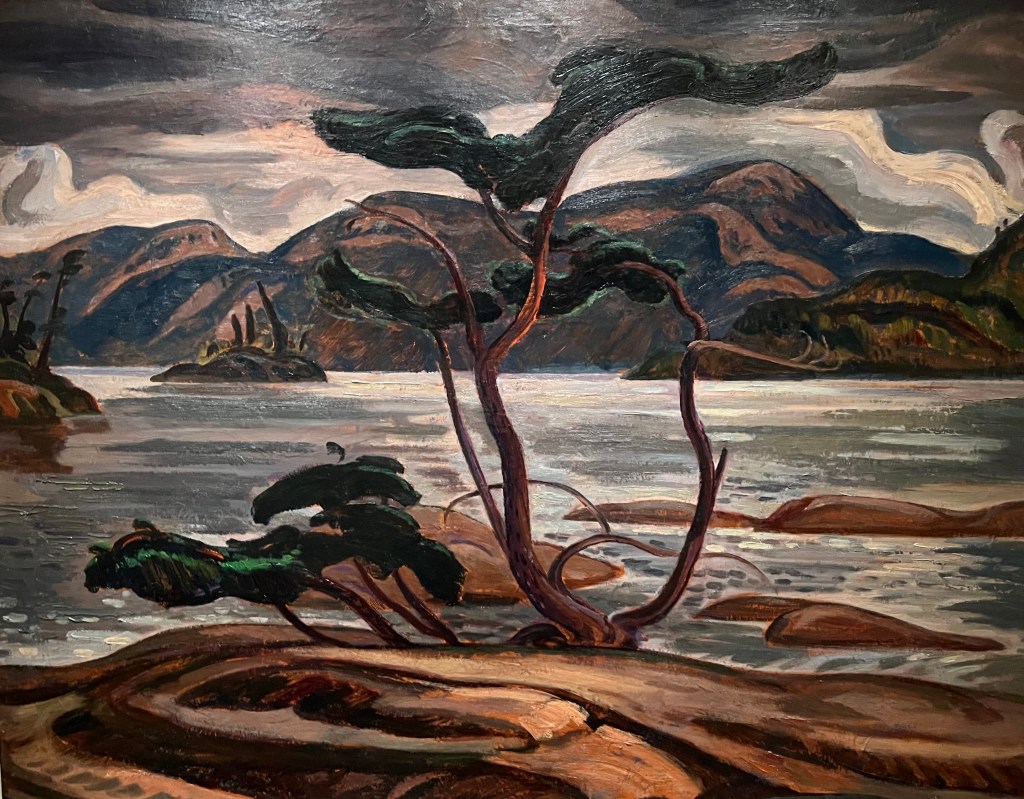
Arthur Lismer 1885-1969 was born in England and came to Canada in 1911 and joined Grip Ltd. as a commercial artist along side other future members of the Group of Seven. Lismer was also a successful art teacher who took a teaching job in Halifax in 1916. He was a witness to the Halifax Harbour Explosion in 1917. When he died in 1969 he was living in Montreal but was brought to the Artists Cemetery on the McMichael grounds to be buried with five other members of the group.
Self Portrait 1924 (oil on board)

Canadian Jungle 1946 (oil on canvas)
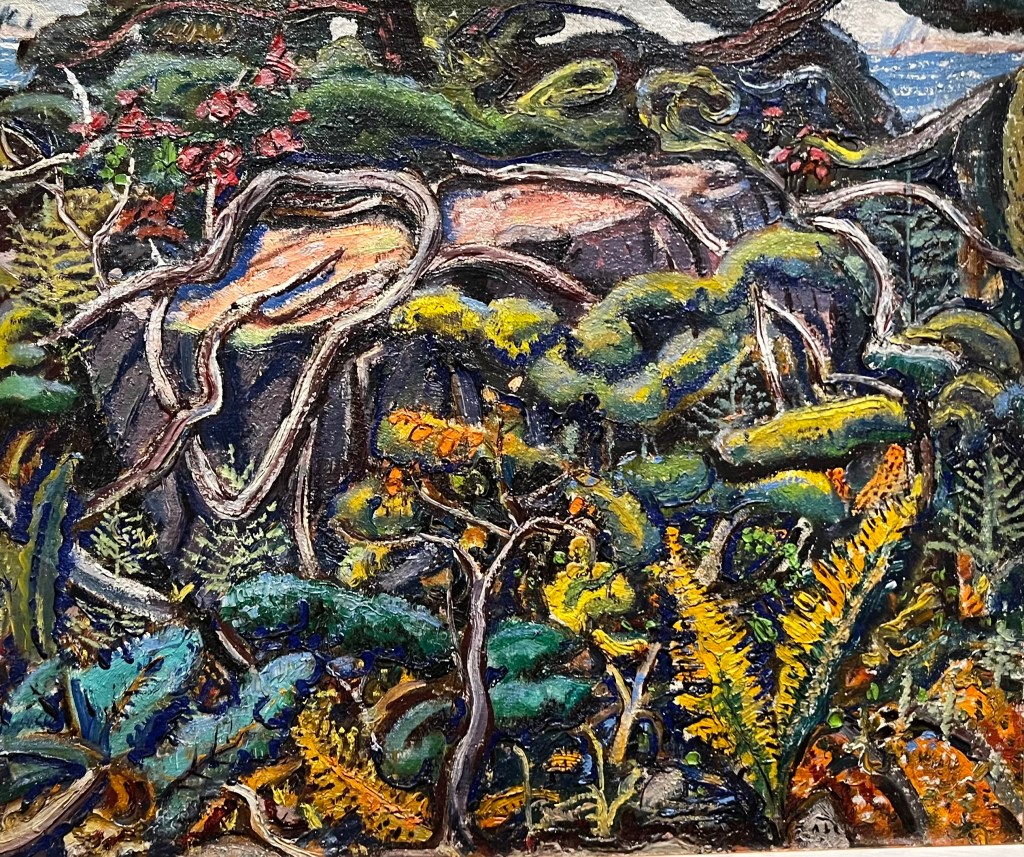
Frank Johnston was born in 1888 and lived until 1949. He was a very prolific painter who only participated in one of the eight exhibits with the Group of Seven. The first exhibit in 1920 wasn’t a financial success and in fact was highly criticized. Johnston put together his own show later that year in which he showed 200 paintings that sold quite well. In 1924 he resigned from the group under the belief that he could do better on his own. His painting Winter Beauty from 1935 was done with oil on board and has been used as the cover photo for this article.
Dark Waters undated (oil on board)

Frederick Horsman Varley 1881-1969 is another of the group who worked at Grip Ltd. before joining the First World War as an artist. After returning from the trenches he became prone to depression and drinking and often got involved with the sitters for his portraits. He moved to Vancouver in 1926 where he stayed until 1935. When he passed away in 1969 he was buried in the cemetery at the McMichael gallery.
Night Ferry To Vancouver 1937 (oil on canvas)

Girl in Gold 1963-1966 (oil on canvas)

Alfred Joseph Casson 1898-1992 was asked to join the group in 1926 to replace Johnston.
White Pine 1957 (oil on canvas)
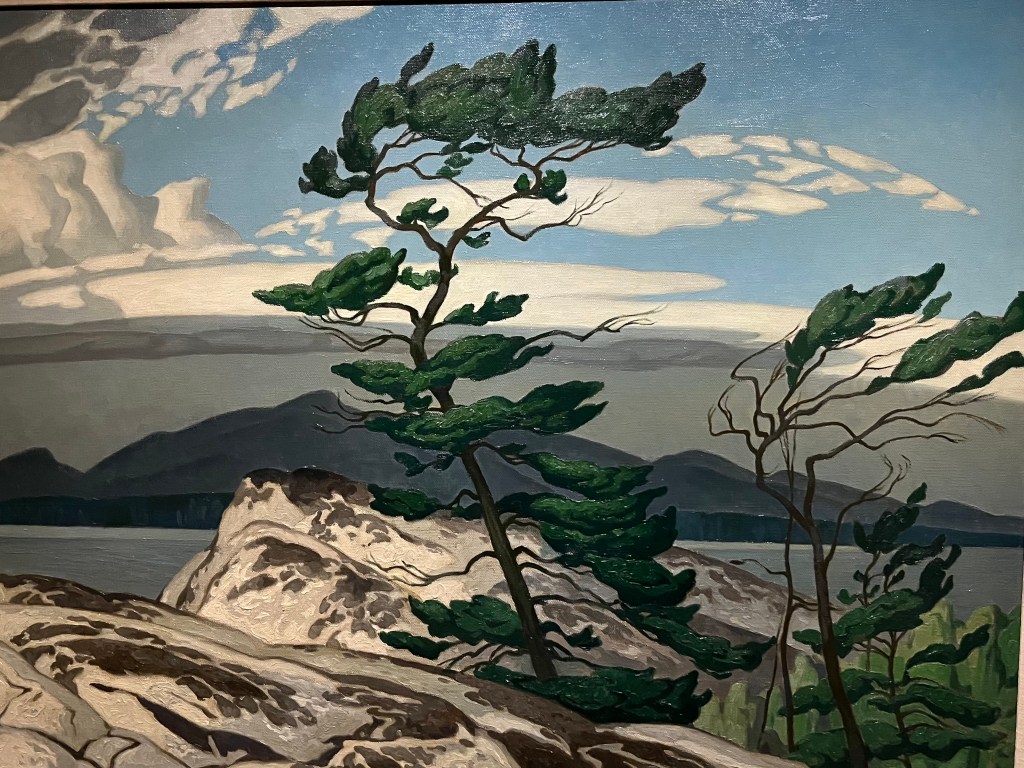
The art gallery also features paintings from Edwin Holgate 1882-1977 who joined the Group of Seven in 1929 and Lionel LeMoine FitzGerald 1890-1956 who joined briefly in 1932. Several other Canadian artists are also represented in the collection but we will highlight only a couple of them in the remainder of this lengthy post.
Gathie Falk was born in 1928 and is famous for her work with everyday items including fruit, Paper Mache dresses and picnics. One of the interesting displays at the gallery is her work with ceramics in creating shoes.
Single Men’s Shoes (ceramics)

Elisapee Ishulutaq 1925-2018 documented Inuit life in her art during her 50 year career. Starting in 1970 she created colourful drawings and prints that recreated traditional life and stories of her culture.

The McMichael property is also an interesting place to go for a walk along the trails and the beautiful grounds which joins to the Humber River Trail and connects to Bindertwine Park.
Related stories: Bindertwine Park
Google Maps Link: McMichael Canadian Art Collection
Like us at http://www.facebook.com/hikingthegta
Follow us at http://www.hikingthegta.com
Also, look for us on Instagram
